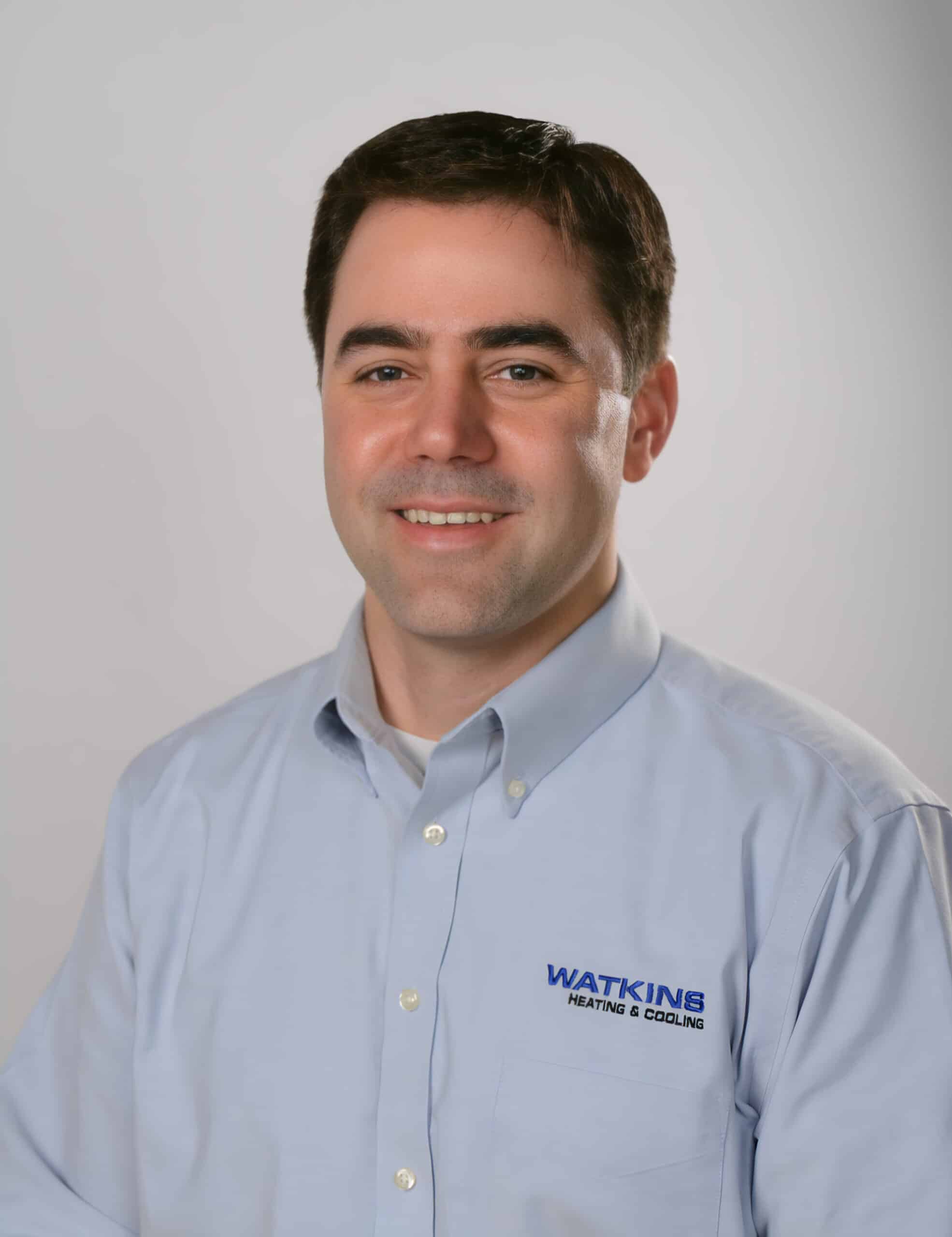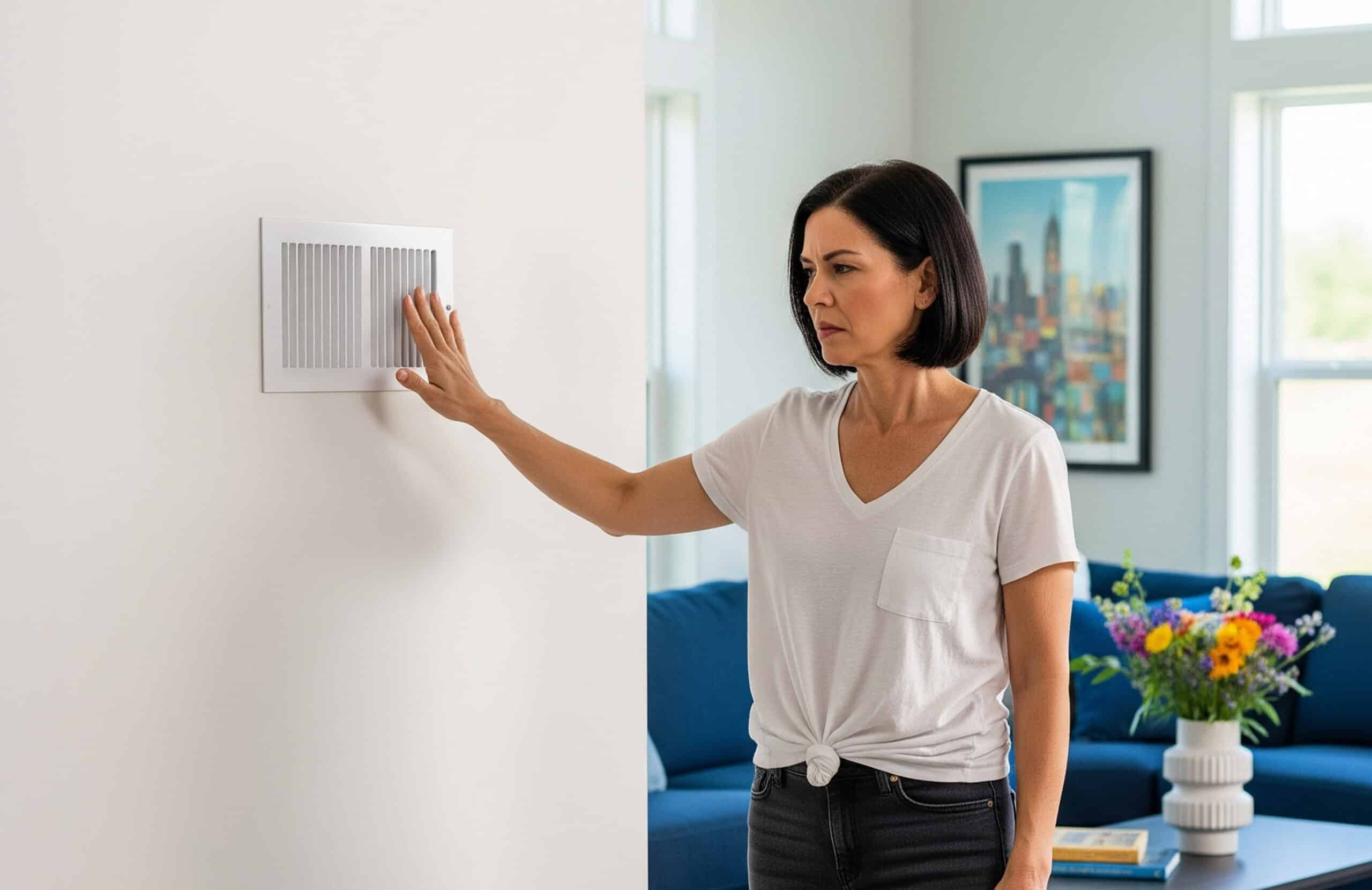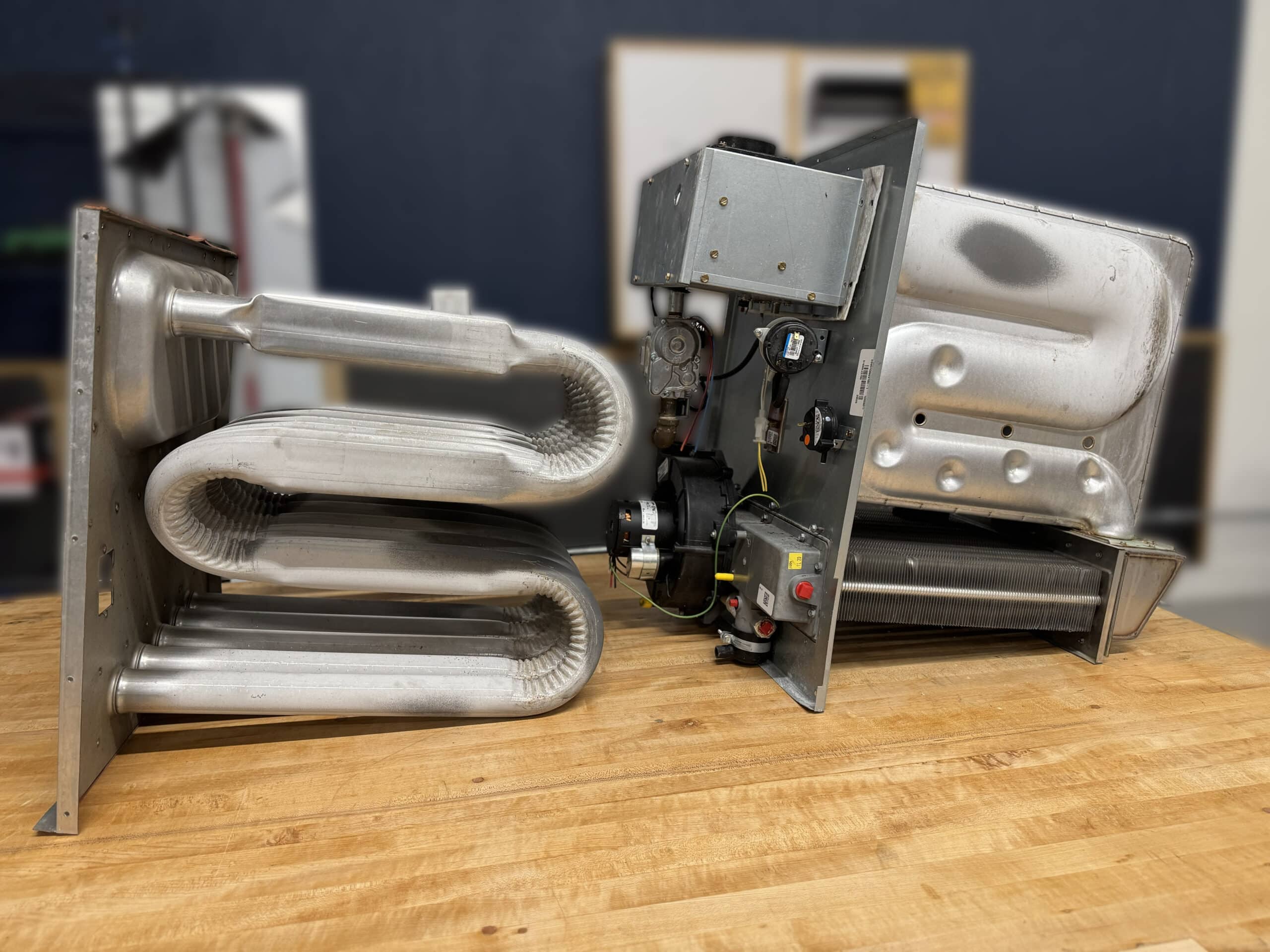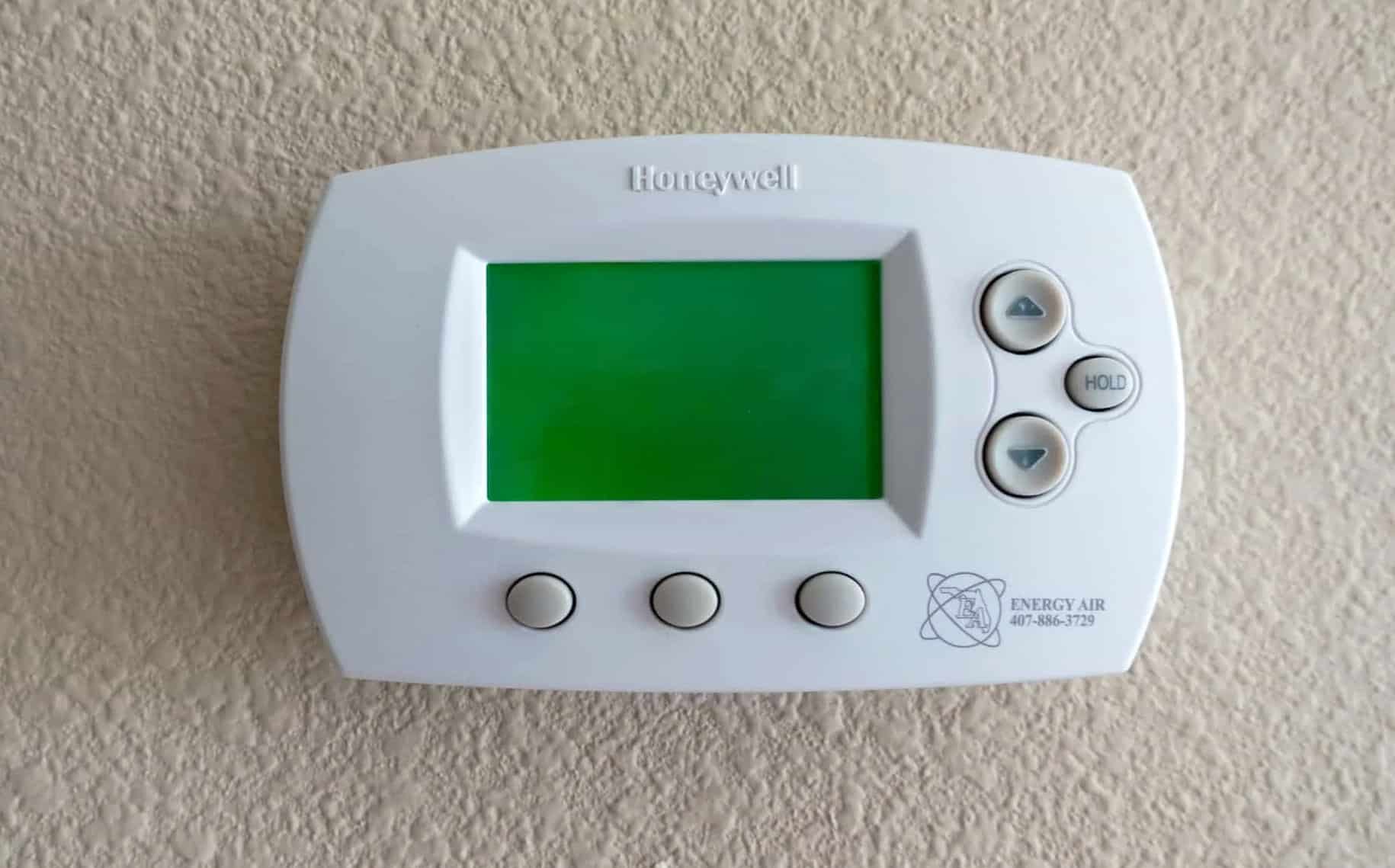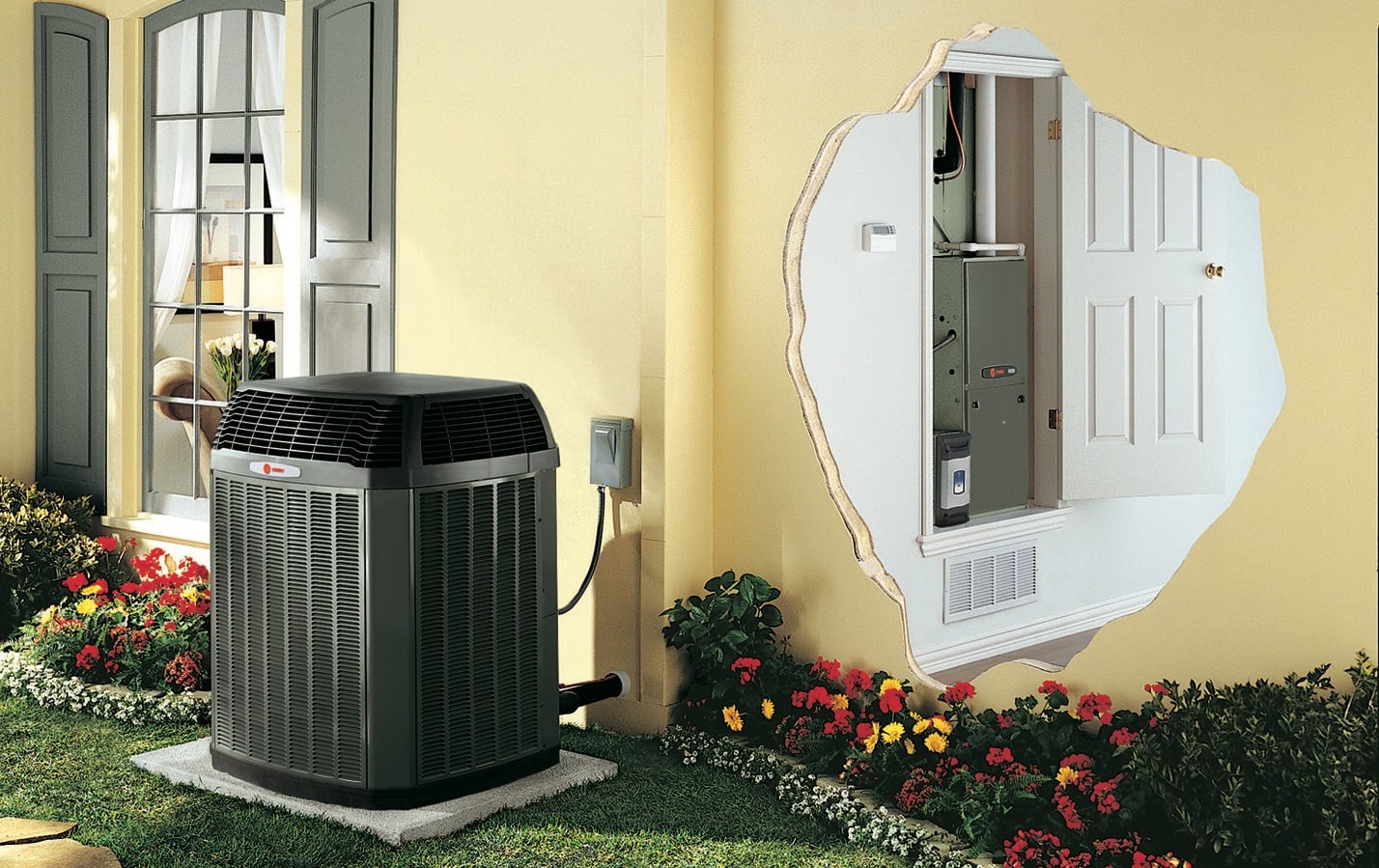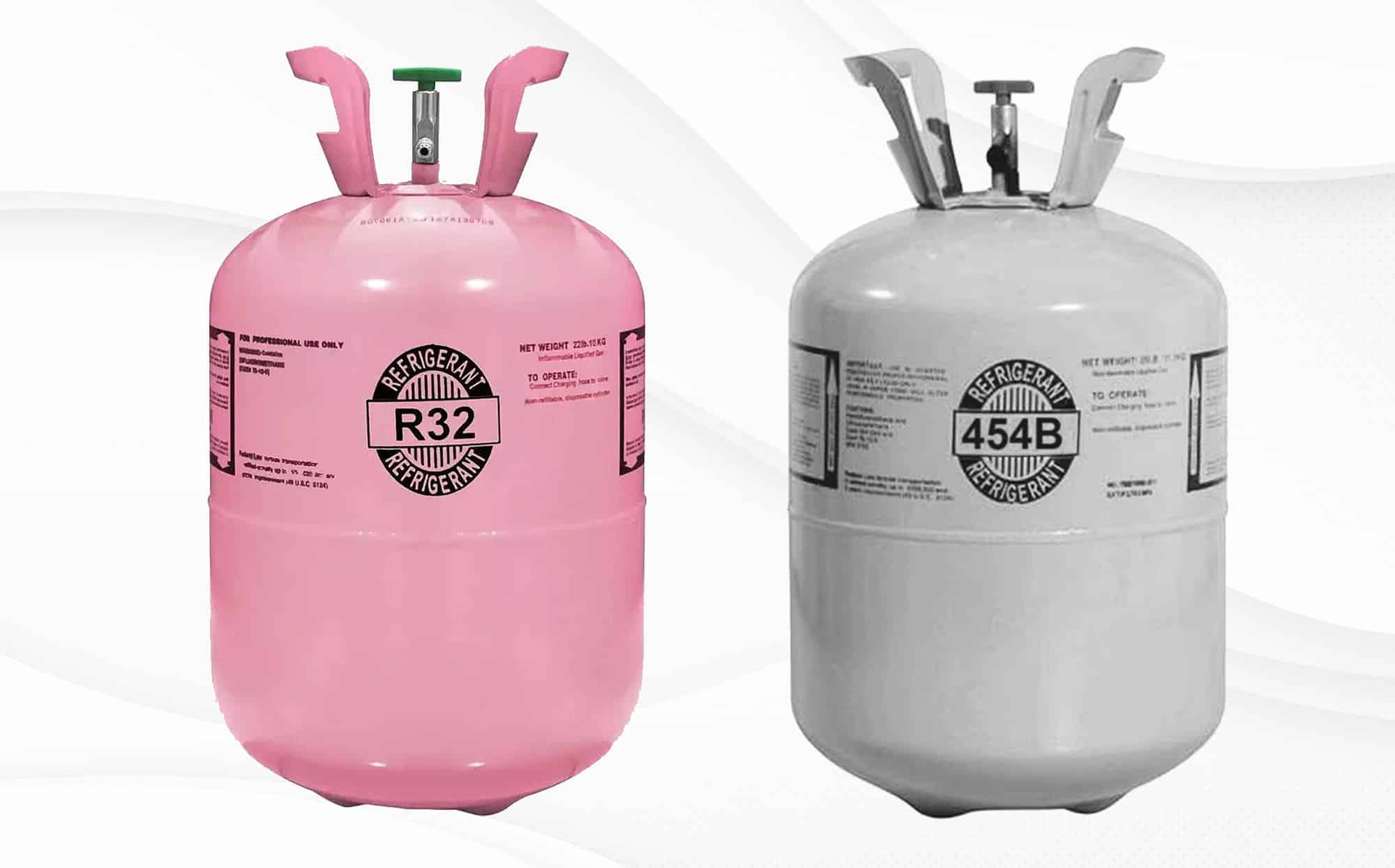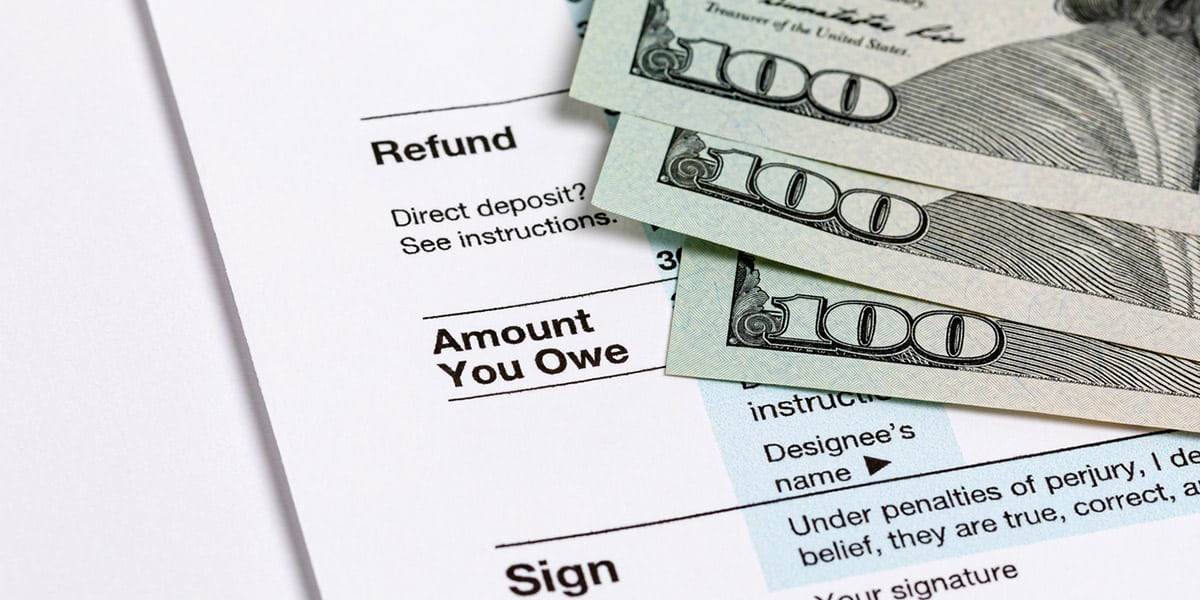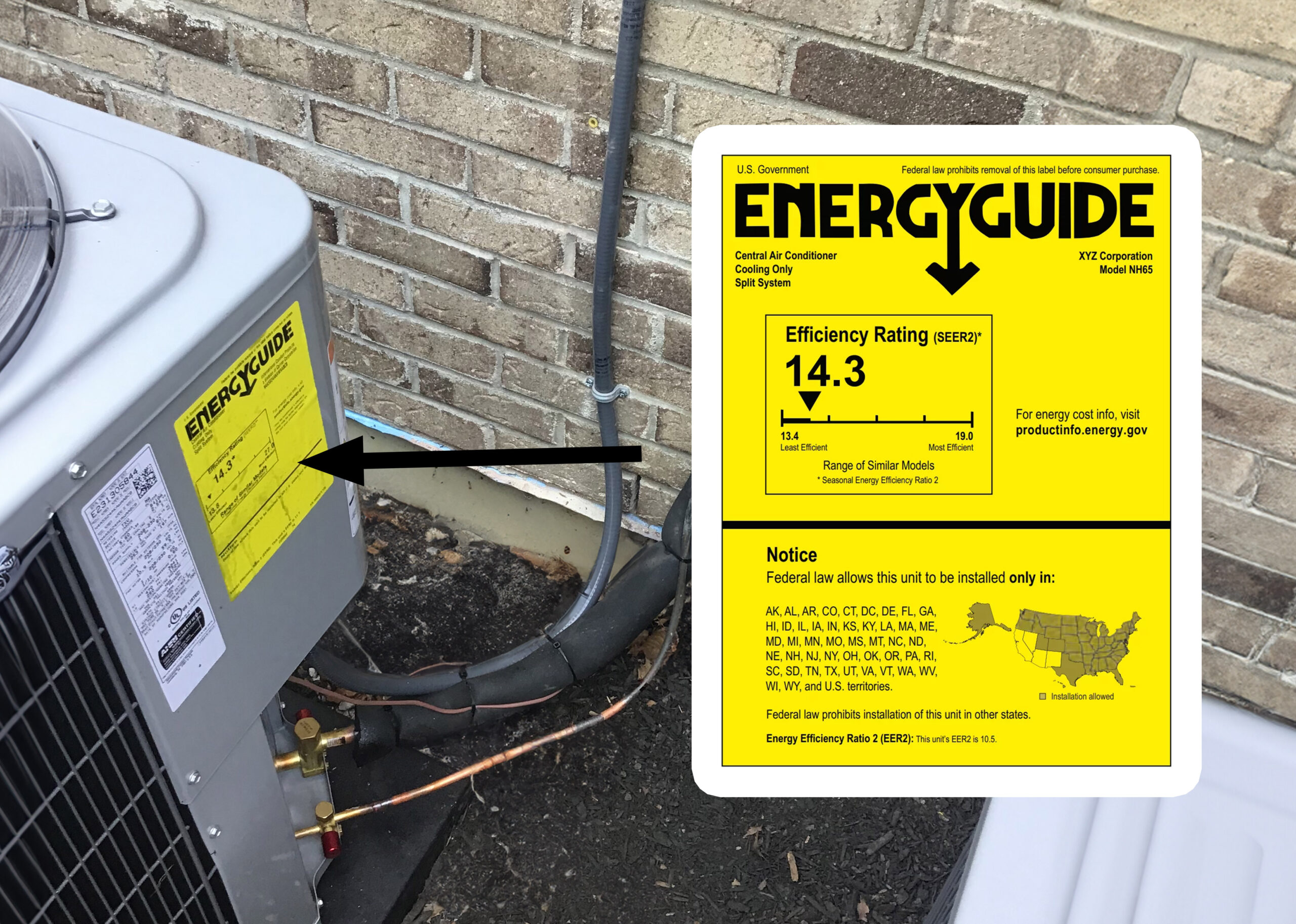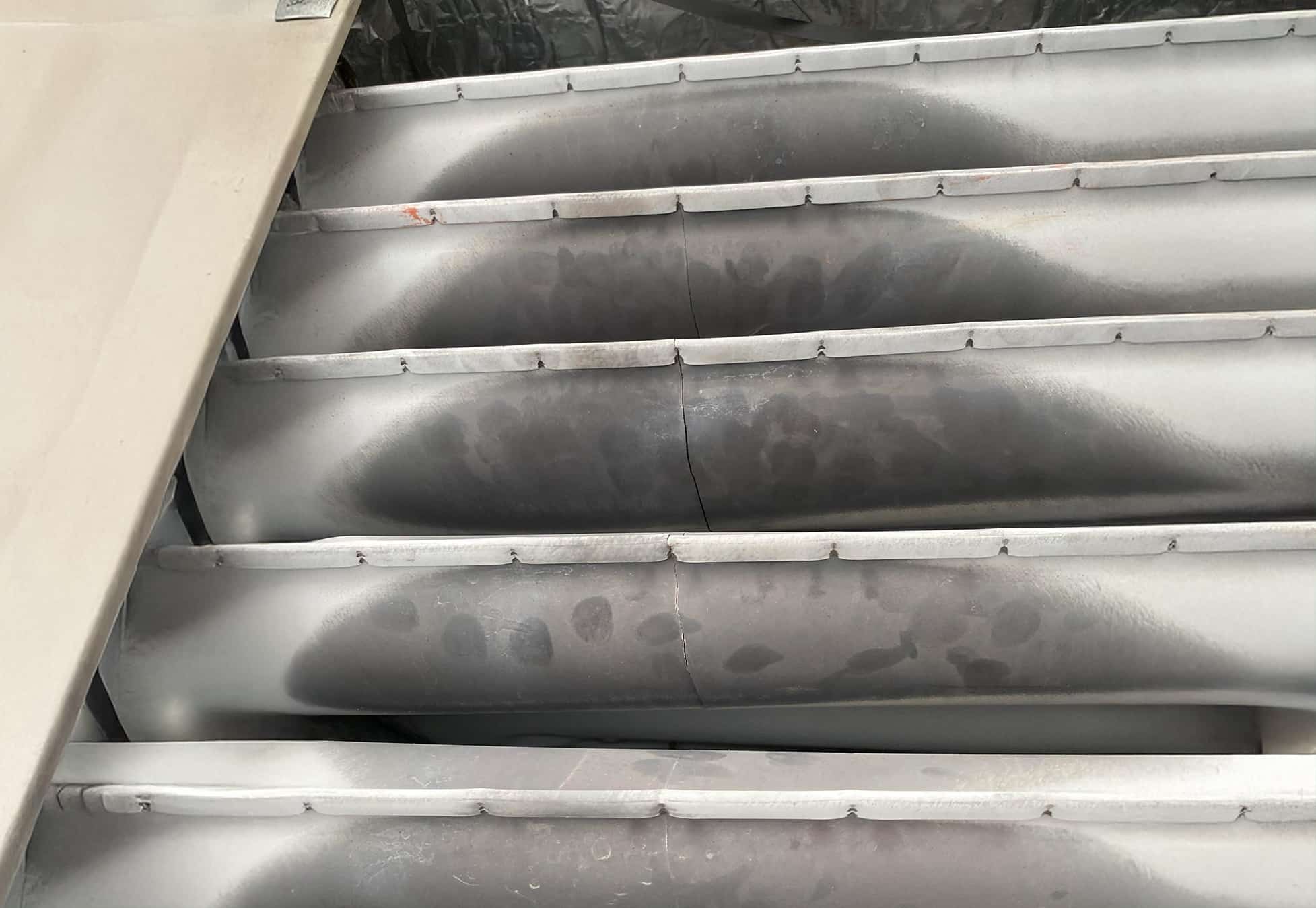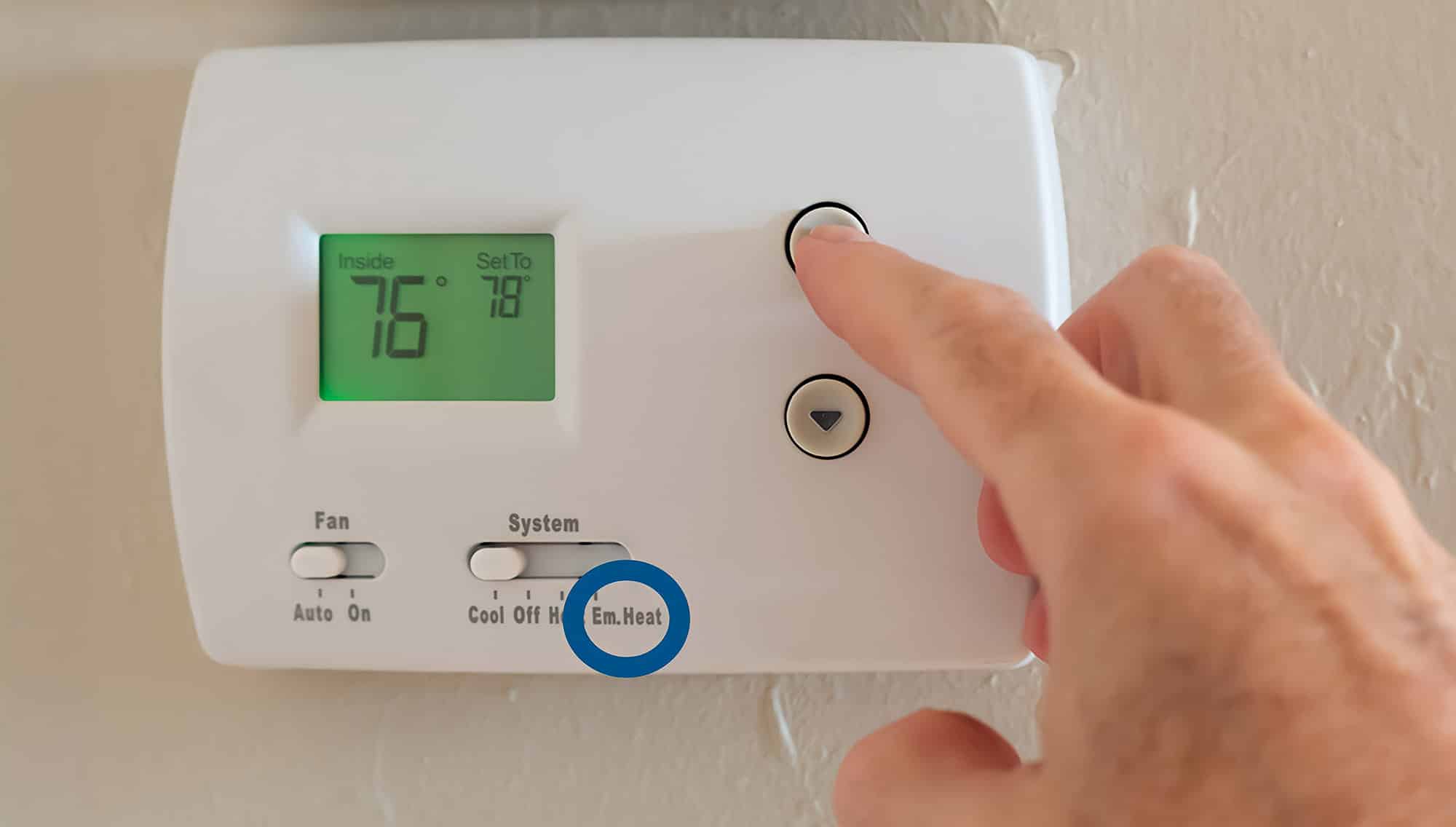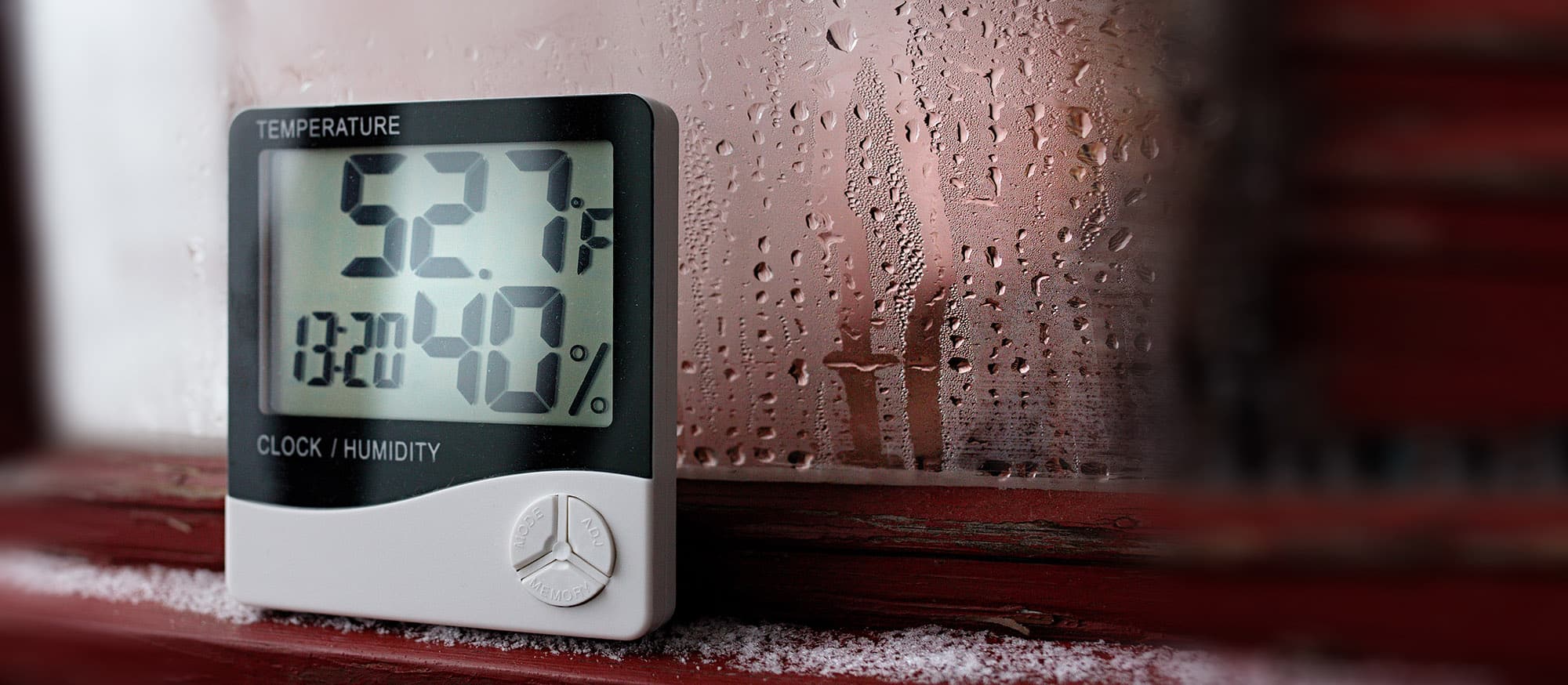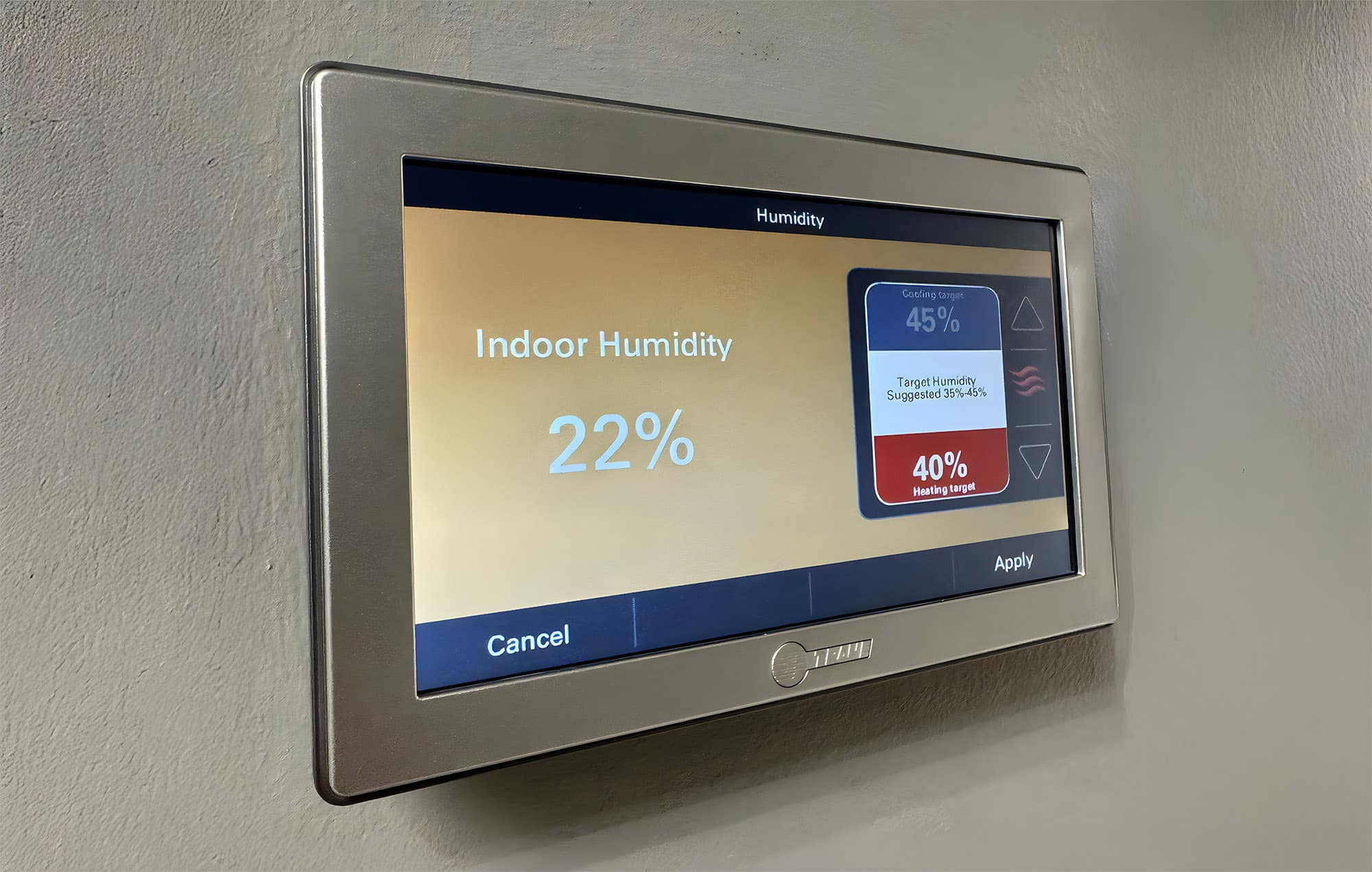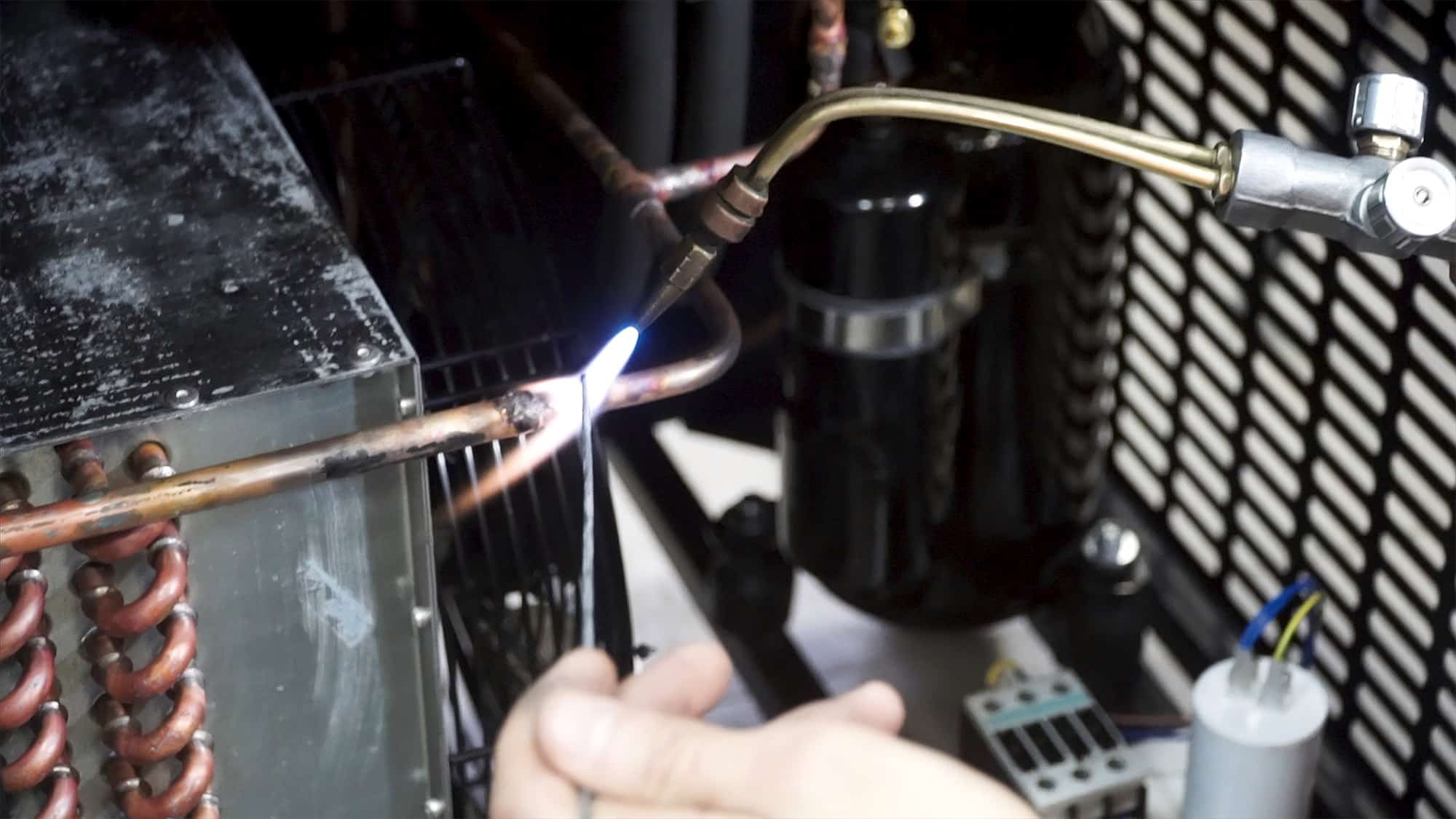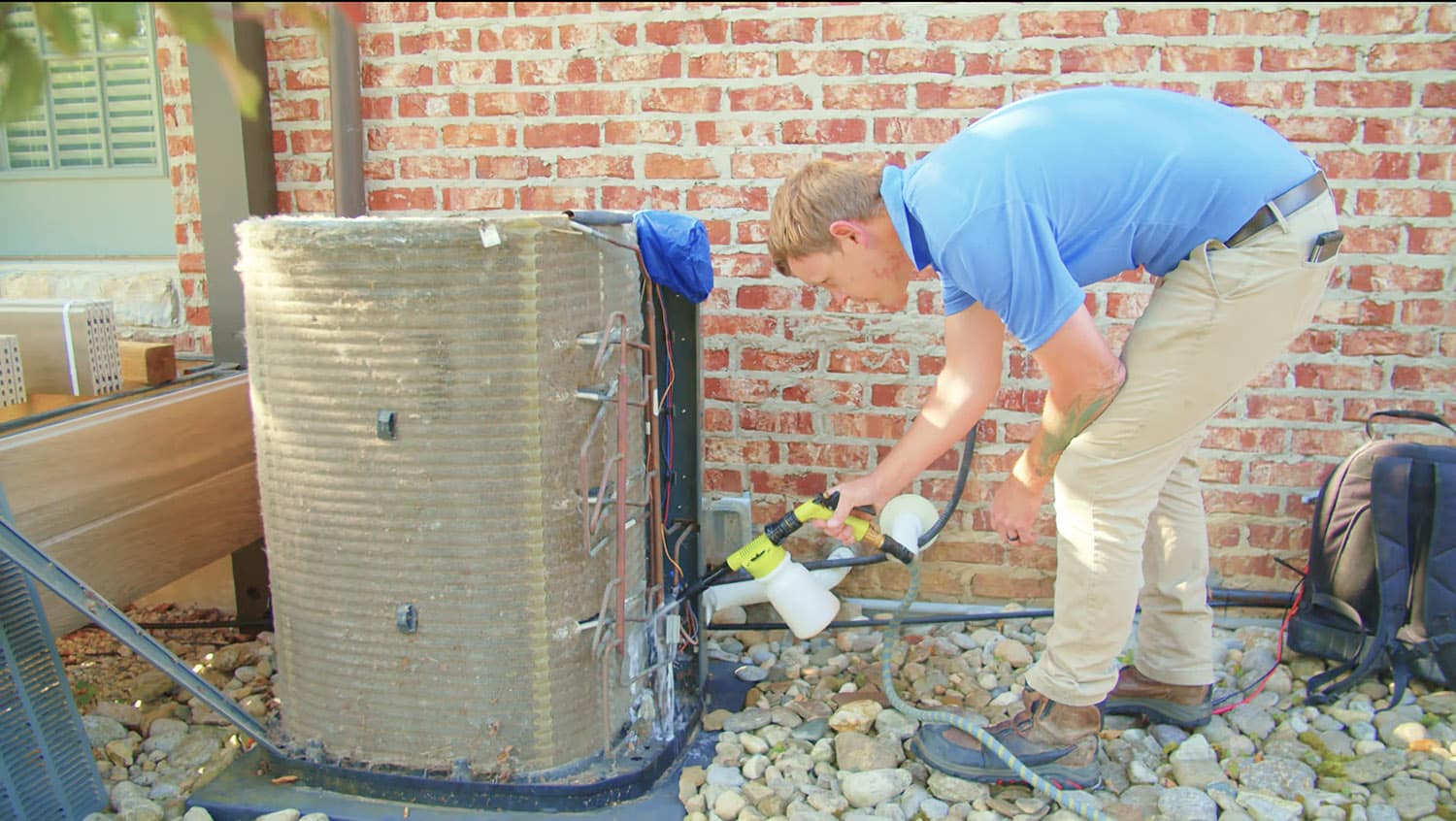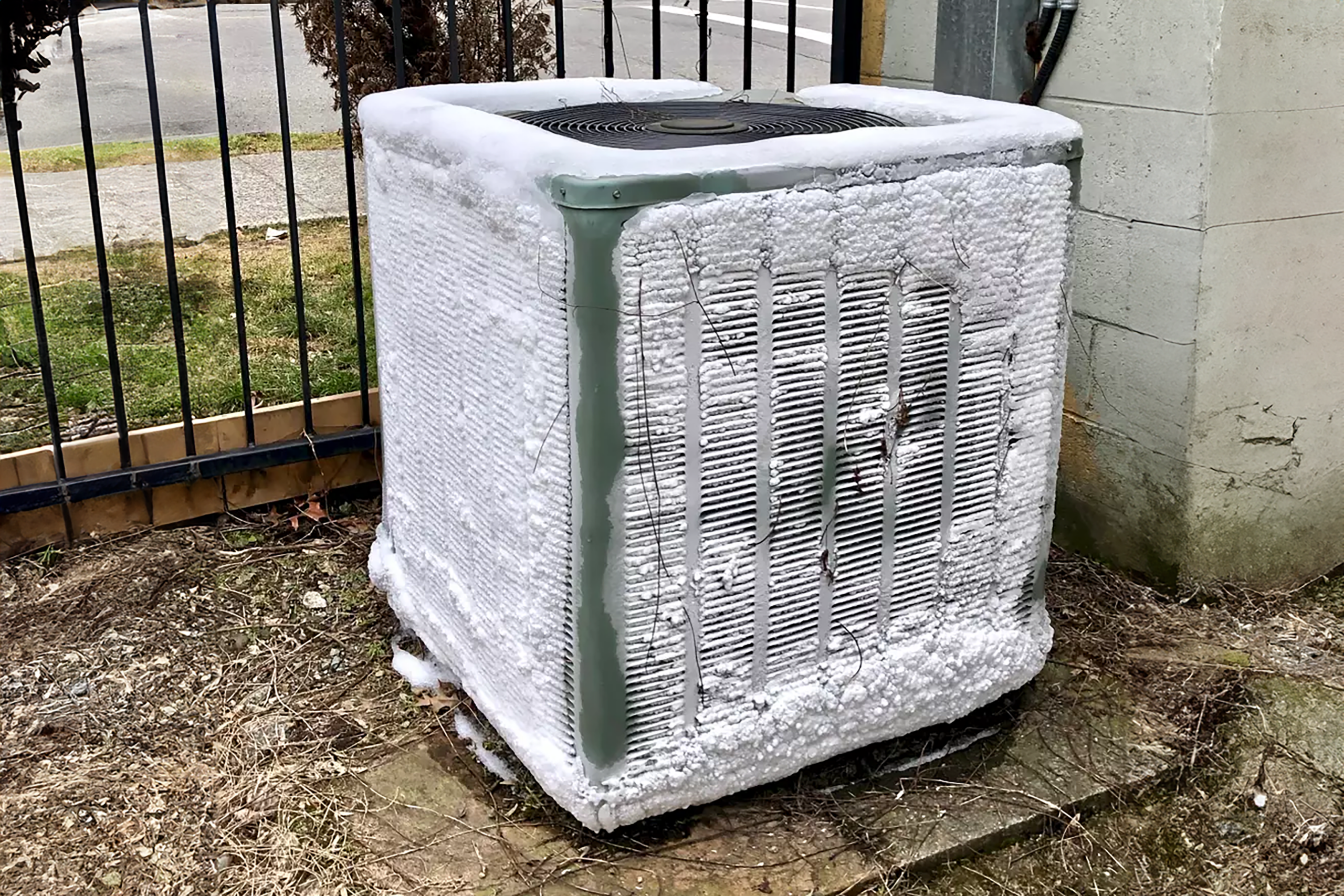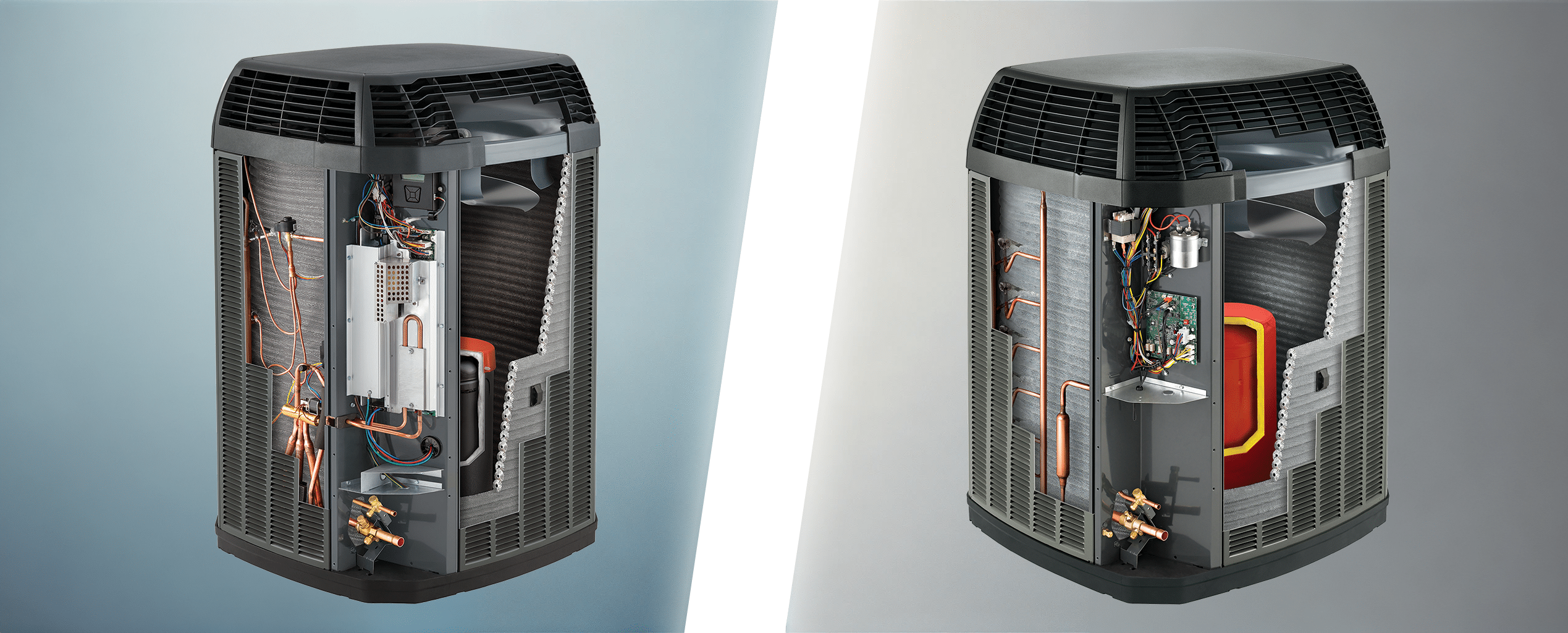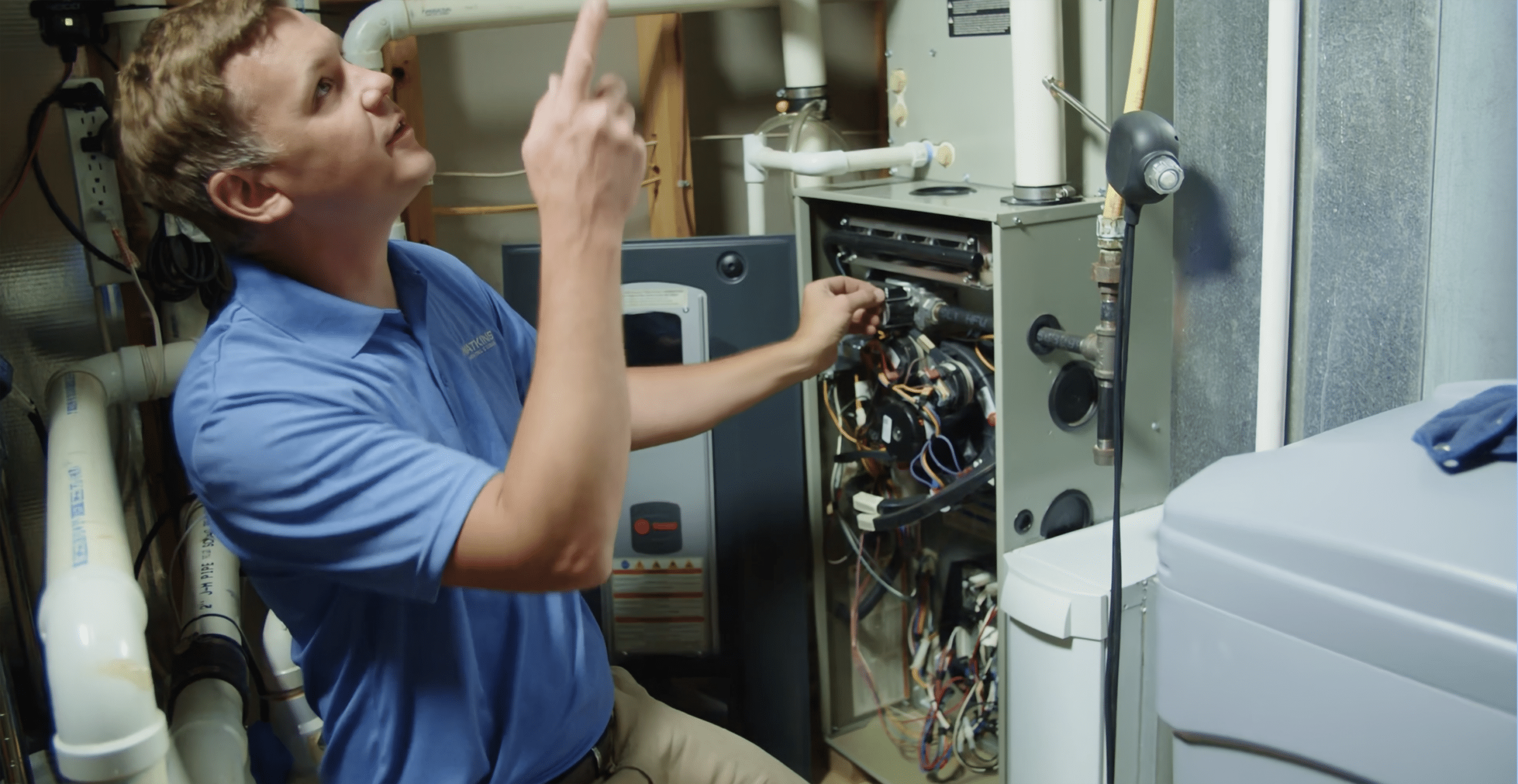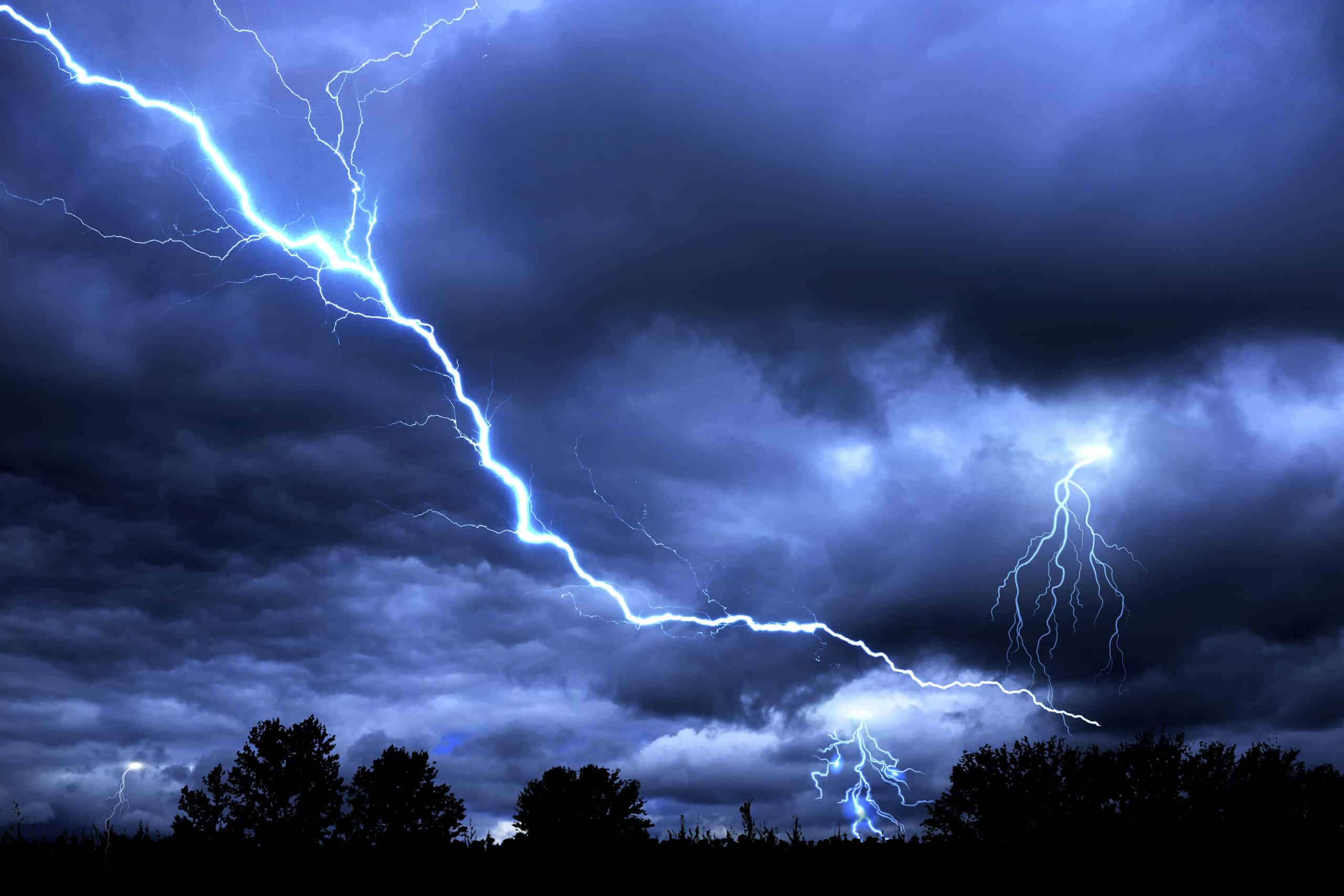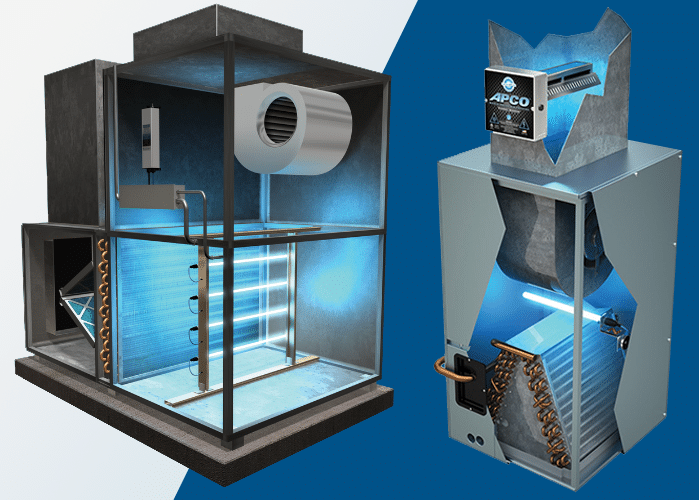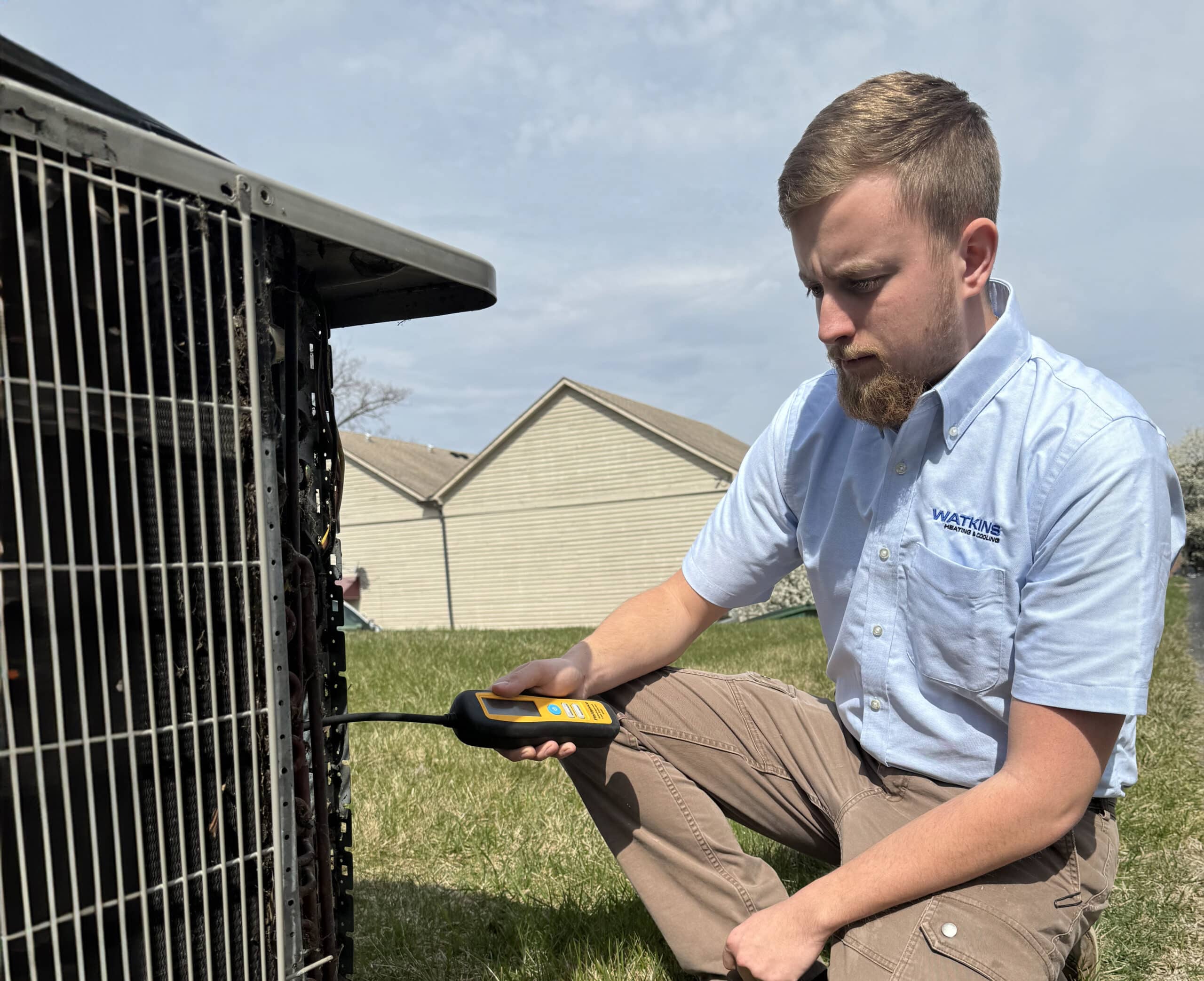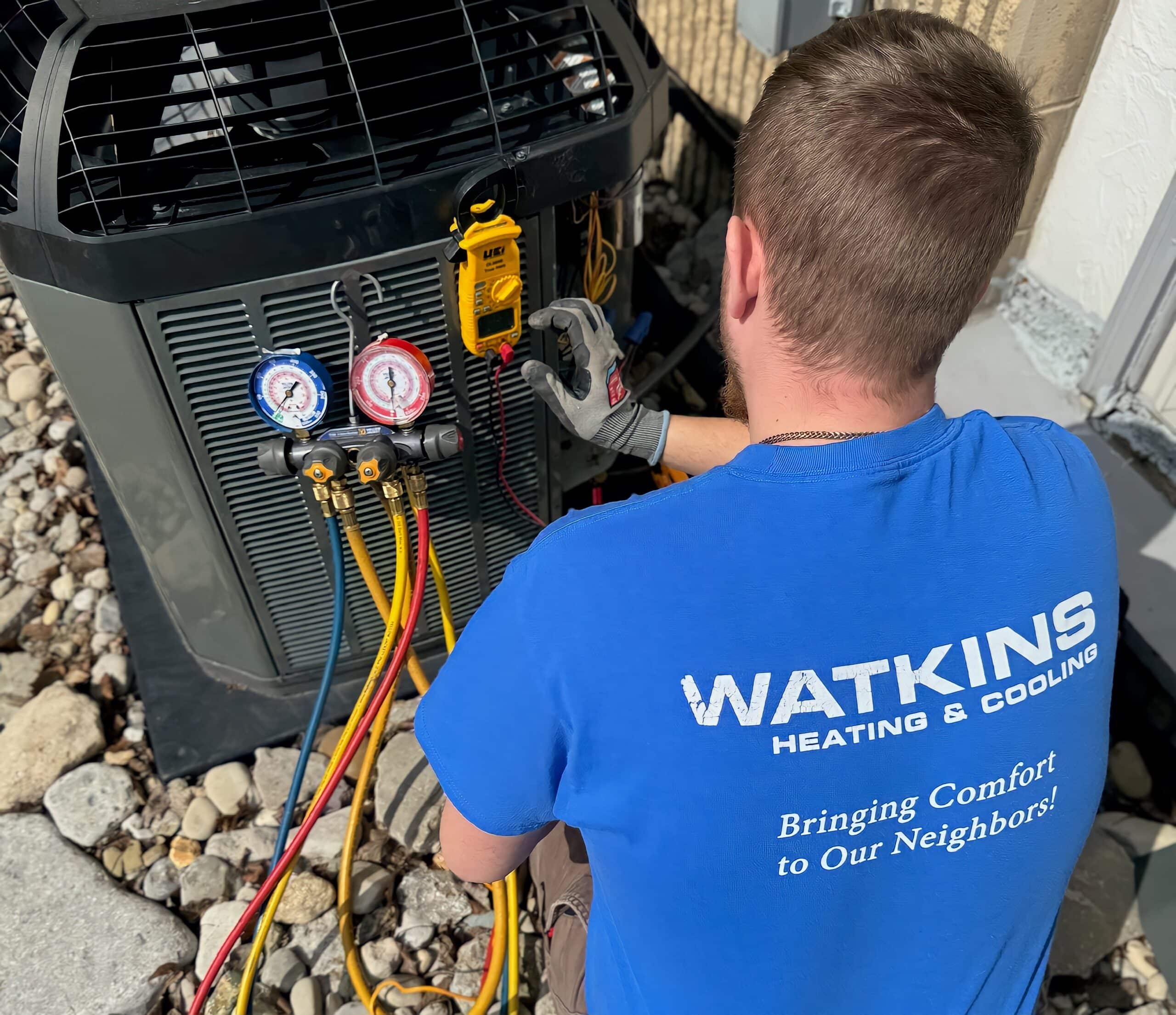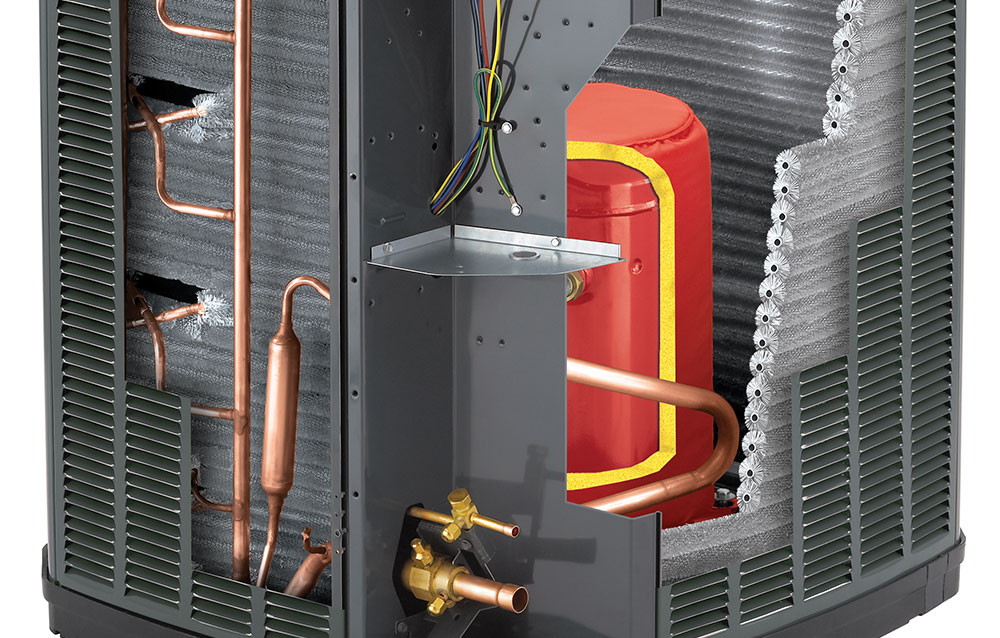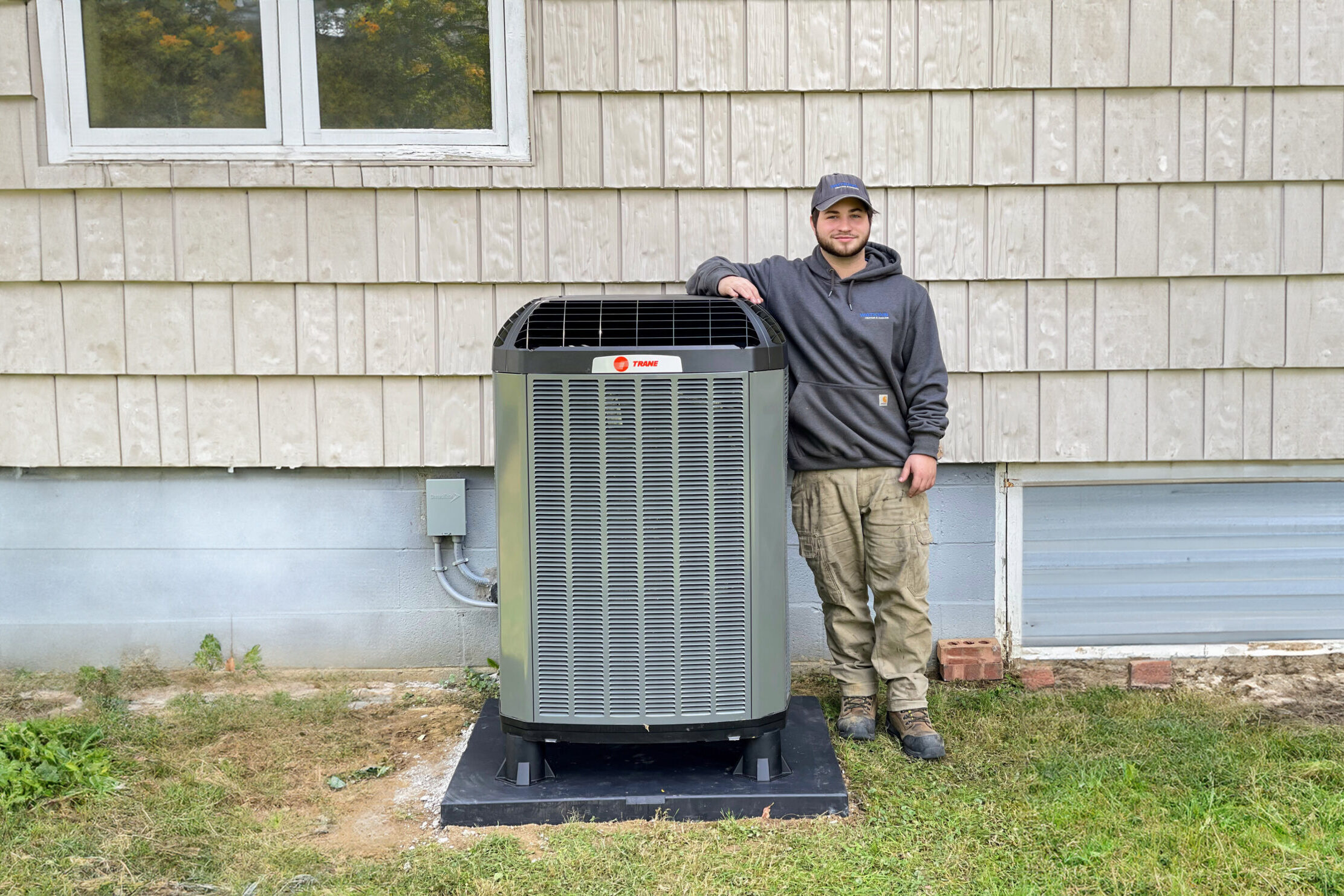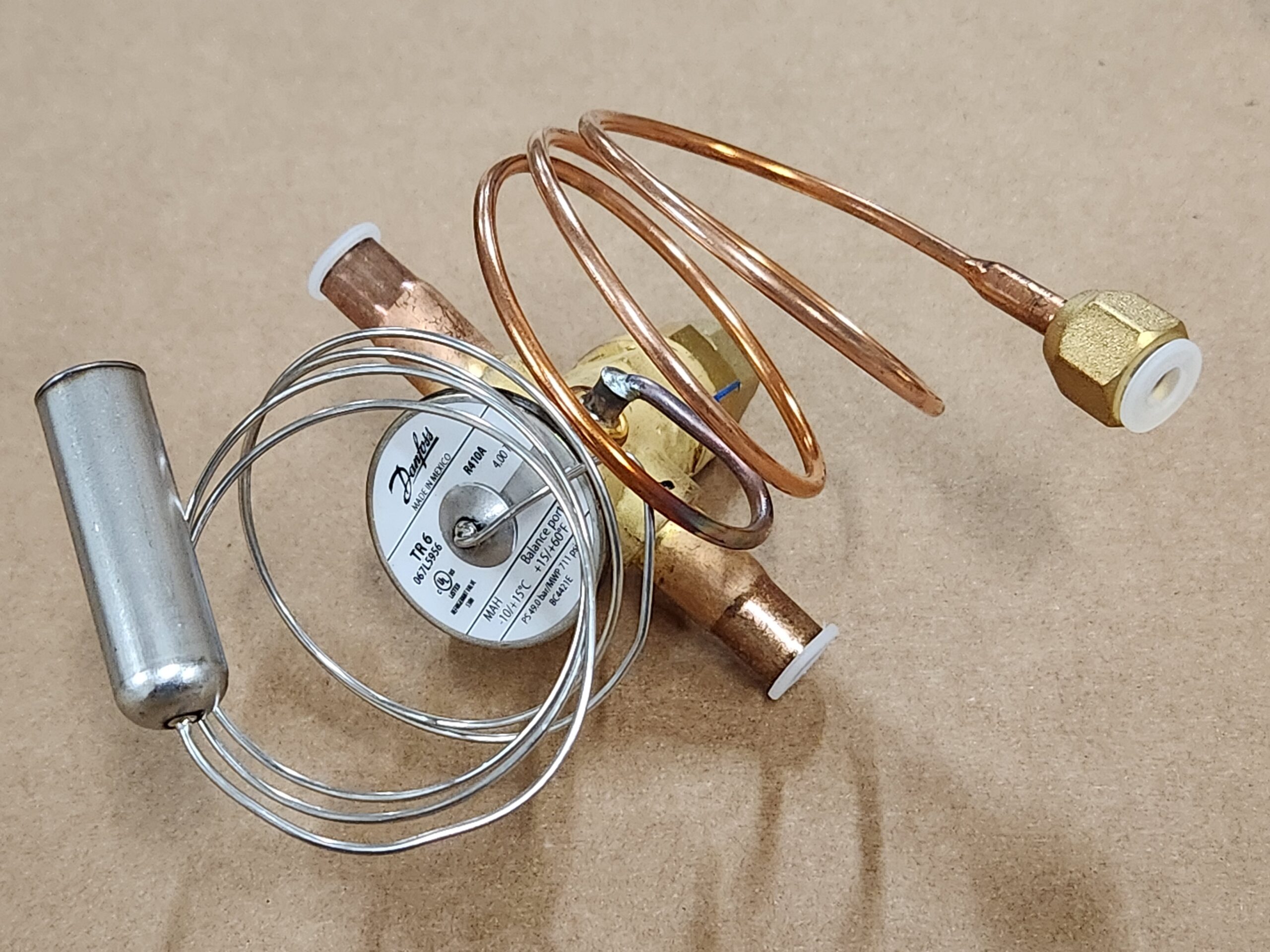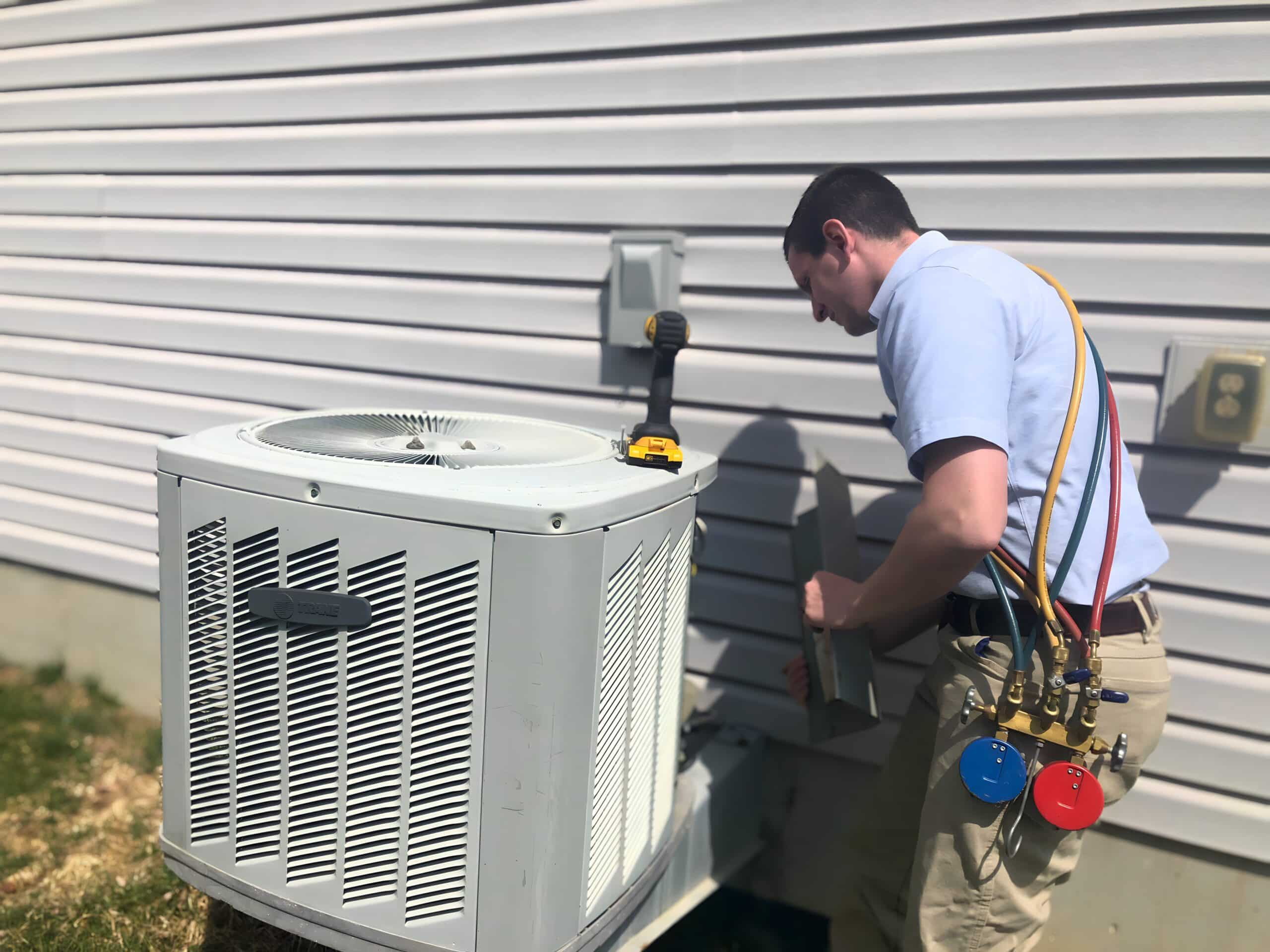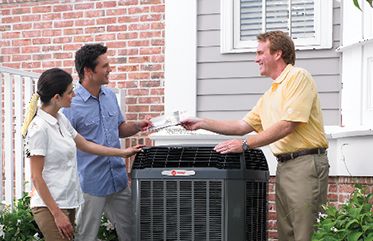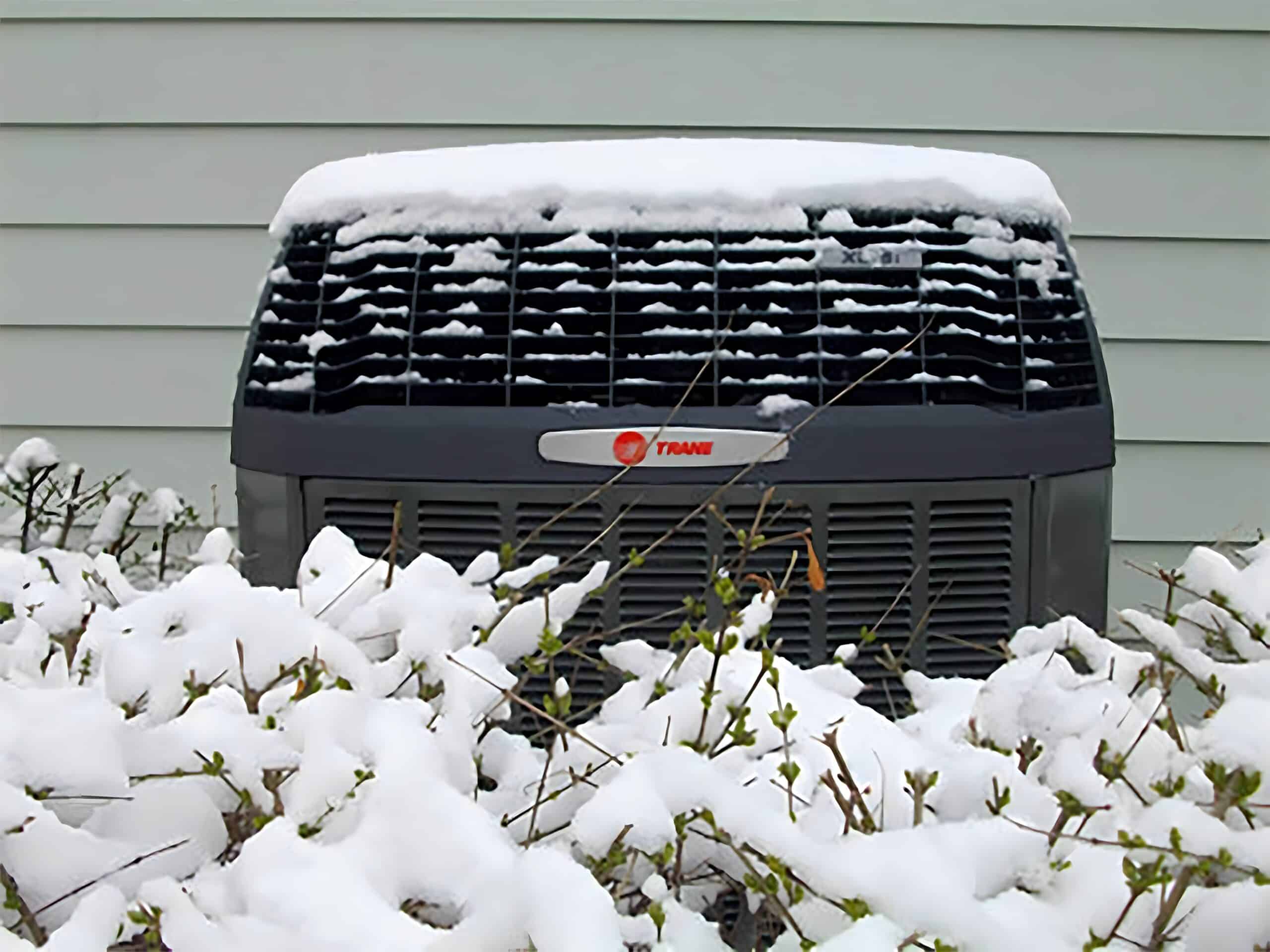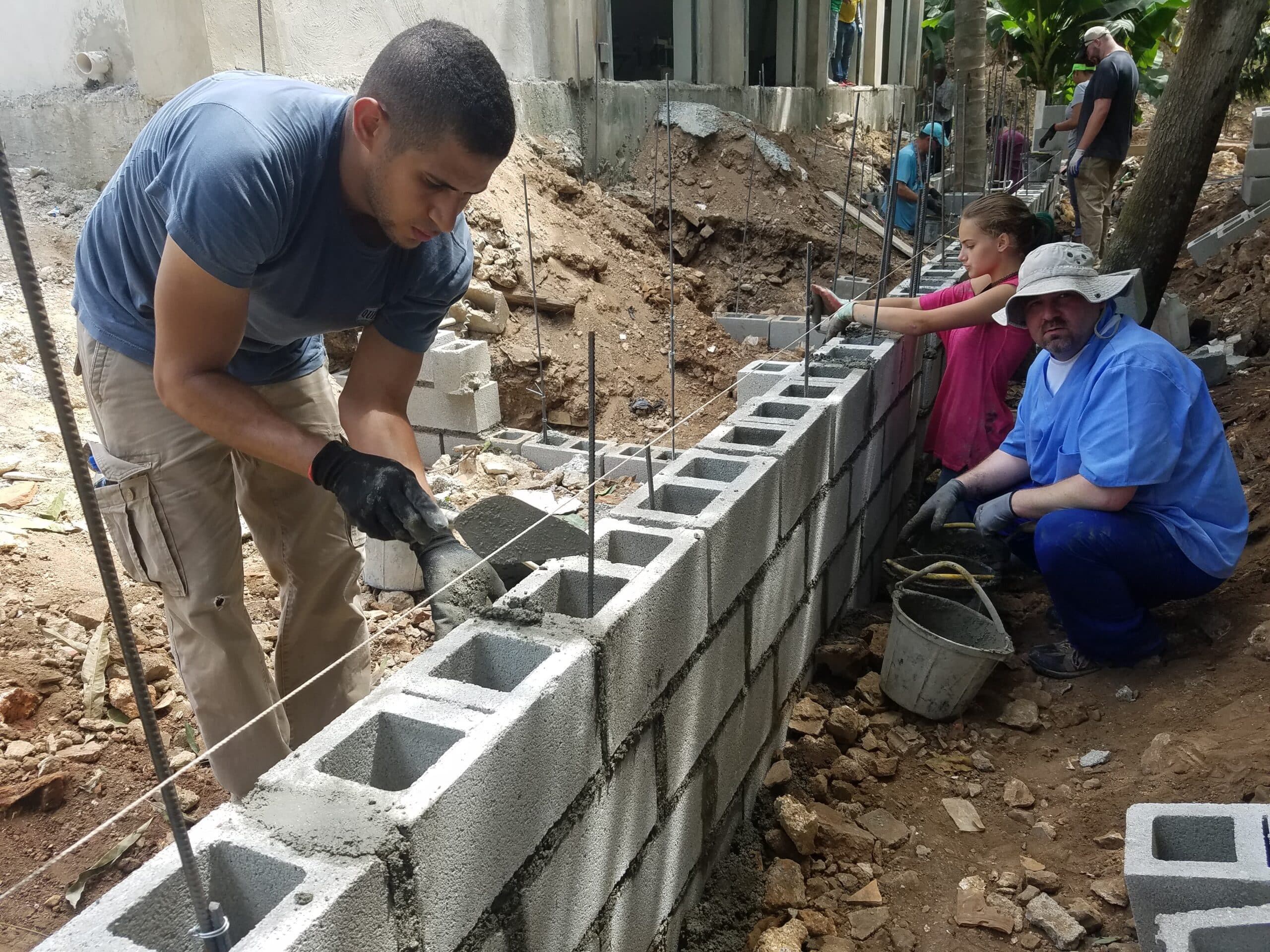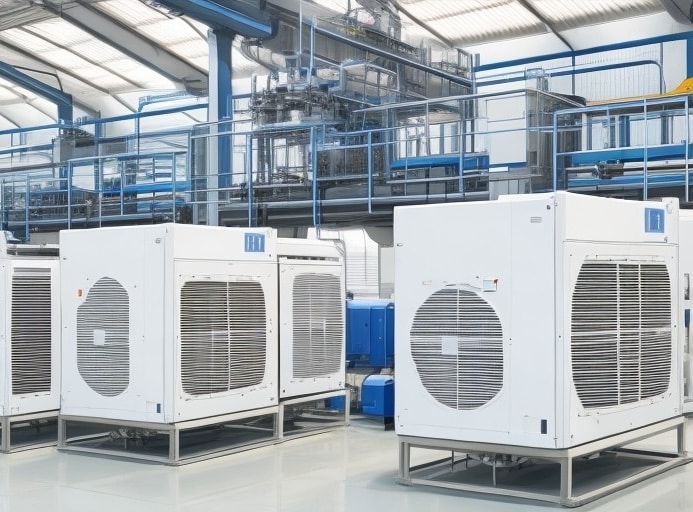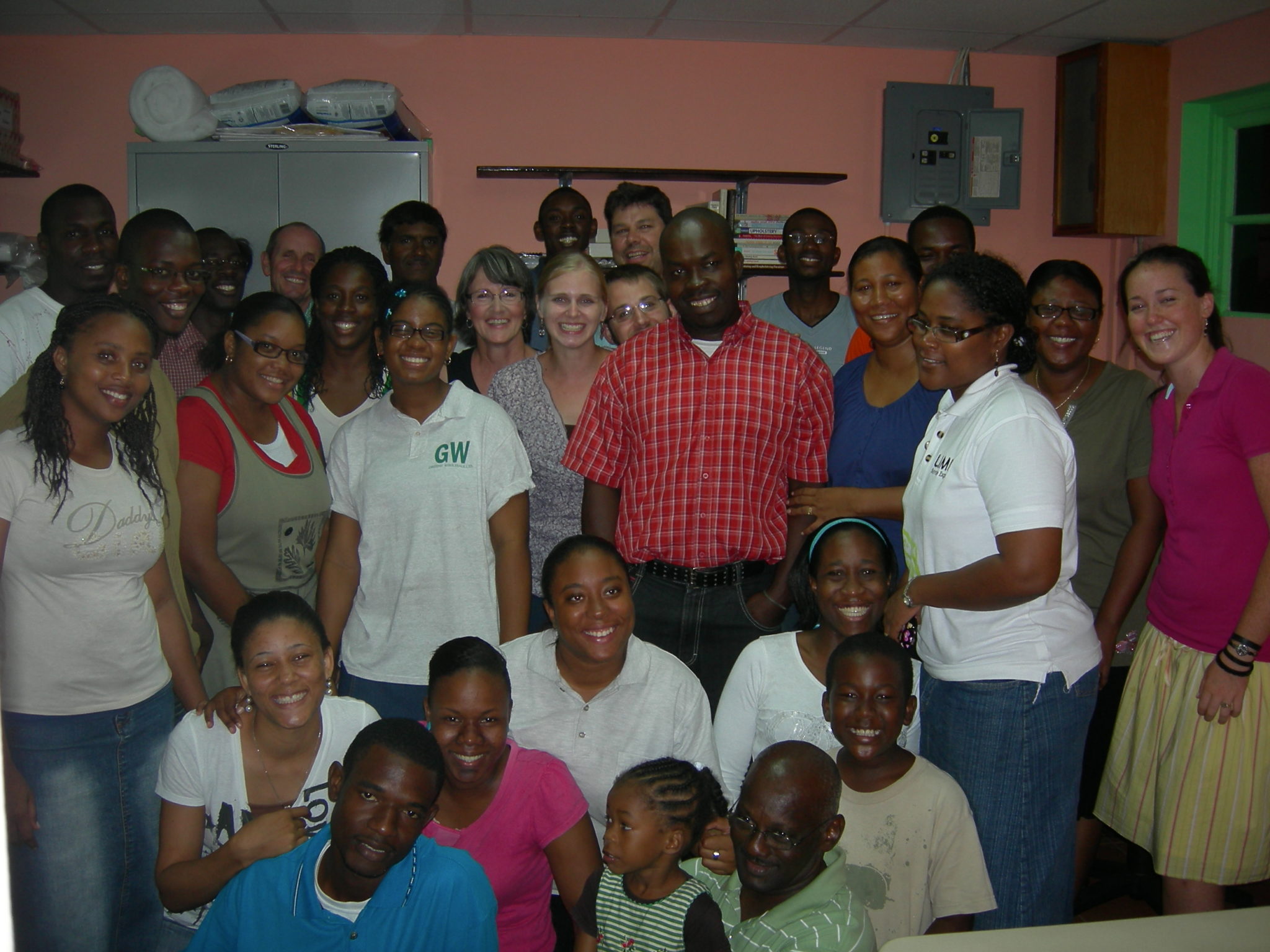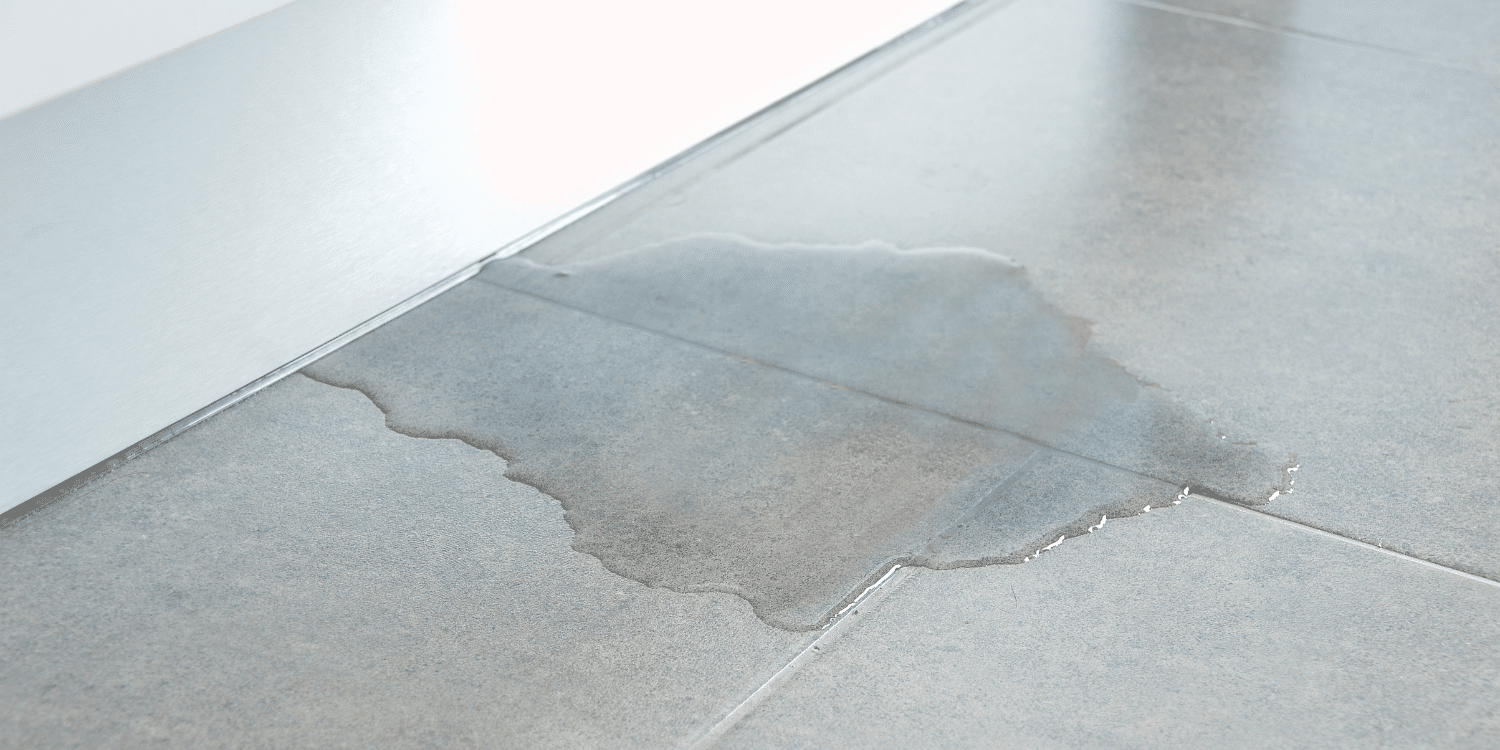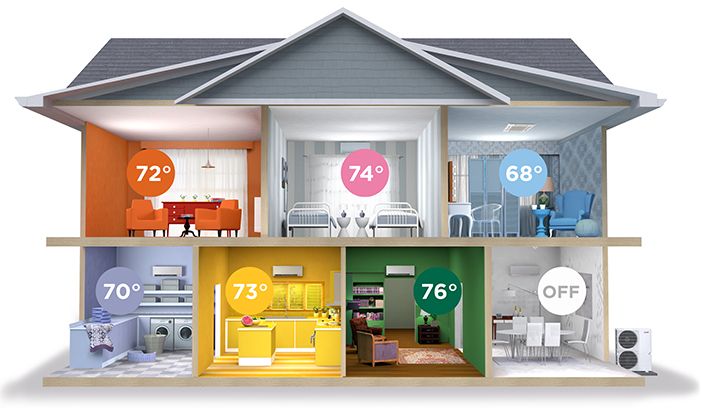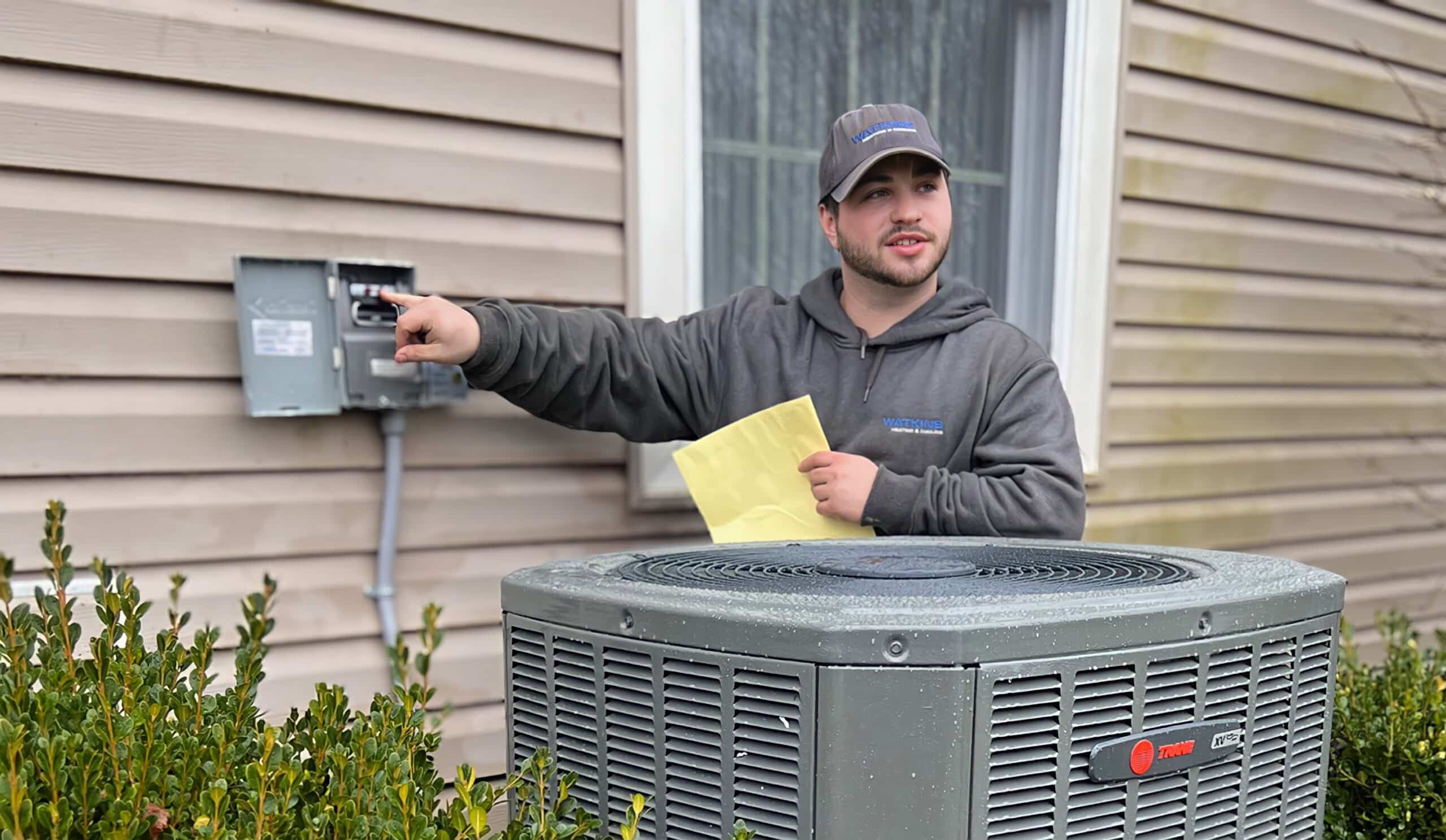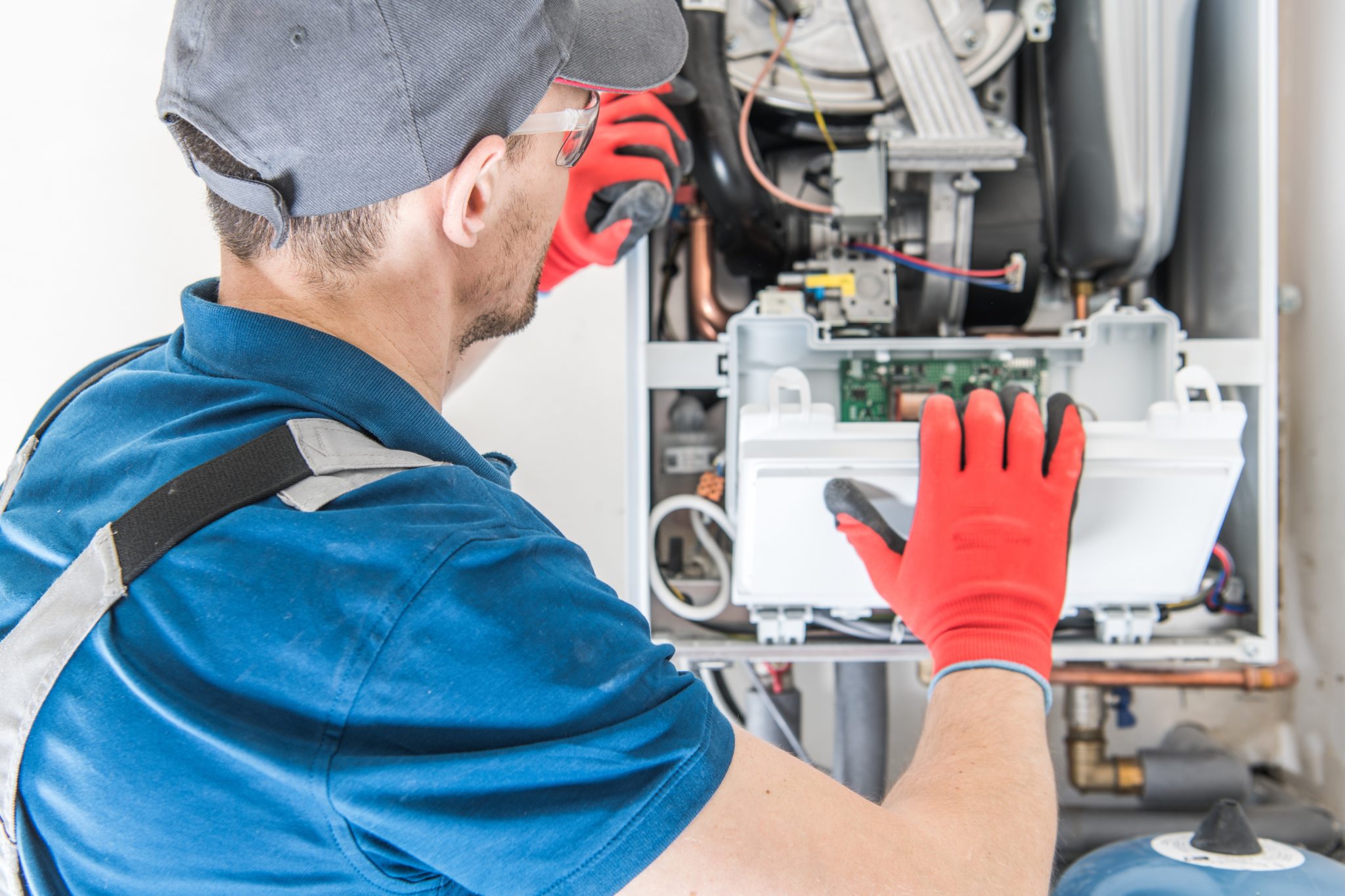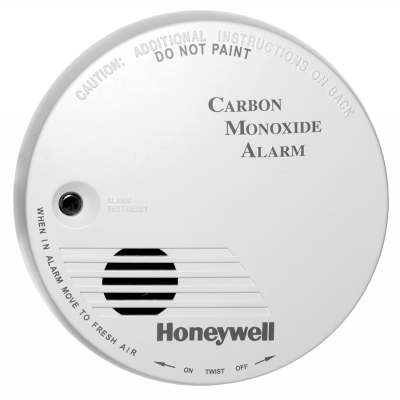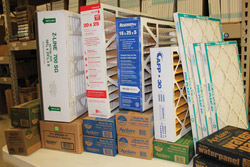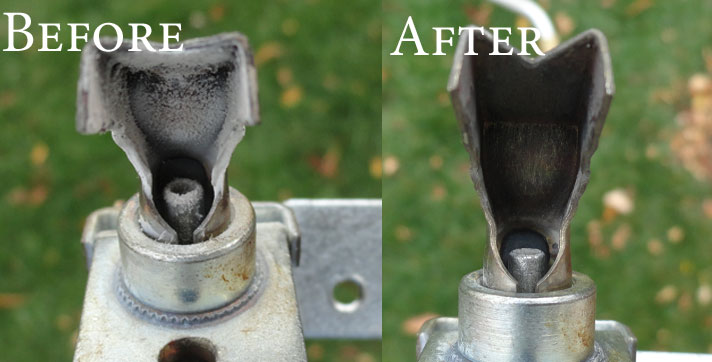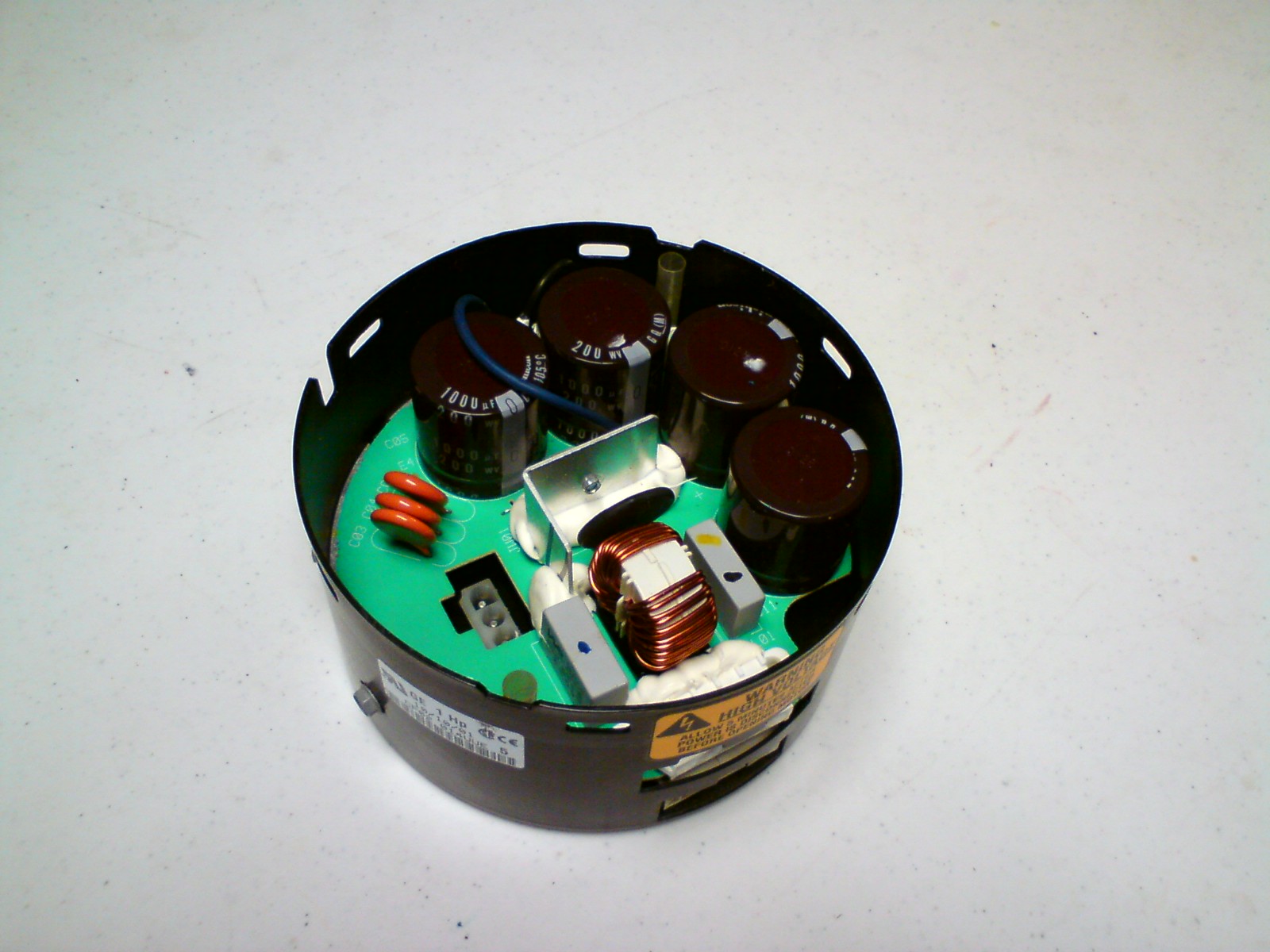Heat pump operation 102
In my last post, Heat Pump Operation 101, I explained how the efficiency and capacity of a heat pump vary with the weather. How does this effect sizing and heat pump operation cost?
Heat pump sizing
Just as heat pump efficiency rises in warmer weather, so does capacity. When winter weather is mild, a heat pump can completely heat your home. In the Dayton area, a Trane heat pump can heat a home down to an outdoor temperature of about 35F degrees. The problem is that in colder weather, the heat pump produces less heat, but your home needs more heat. These two load curves form an “X” on a chart and we call the point at which they cross the “thermal balance point.” Below the thermal balance point, the home’s heat loss is more the heat production of the heat pump. This chart illustrates the heat pump thermal balance point in an average Dayton home.
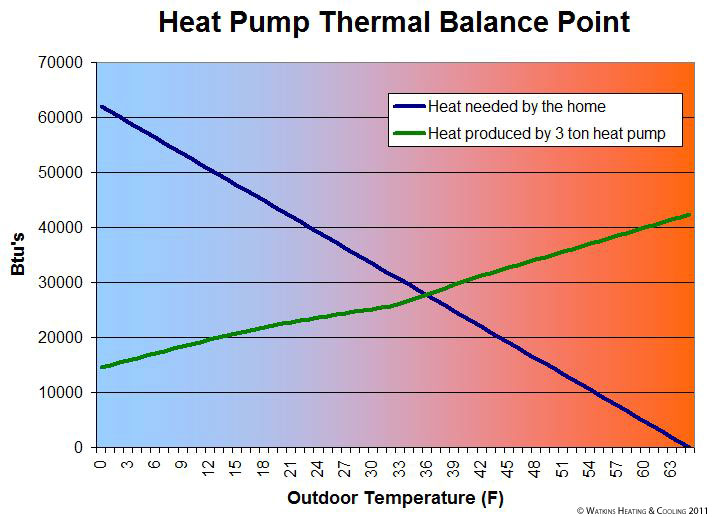
Why can’t we simply size the heat pump larger to accommodate lower temperatures? Remember that a heat pump doubles in the summer as your air conditioner and that a/c sizing is very critical. In the Miami Valley, we depend on air conditioners to remove humidity. To remove humidity, an air conditioner or heat pump needs to run for extended periods. If your air conditioner is too large, it will start and stop many times an hour, cooling your home easily, but removing very little humidity. As a result, an over-sized air conditioner or heat pump leads to high humidity and mold problems. Because of the humidity issue, we size a heat pump to a home’s summer cooling needs.
As a side note, an over-sized air conditioner is very inefficient. While it may seem to cool your home easily, the frequent starts and stops are stressful on the air conditioner’s components. Think of a large air conditioner in your home like a big V-8 engine in your car. It’s fun to drive but it’s not fun to fill the gas tank. A right-sized heat pump or air conditioner will hum along keeping your humidity low and your electricity bills even lower.
Heat pump backup fuels
Since a properly sized heat pump will only cool your Dayton home down to 35F degrees outside, we need to add supplemental or backup heat to keep your home comfortable. The most common source of supplemental heat is an inexpensive electric heat strip in the ductwork. Electric heat is cheap to install and very reliable, but the heat it produces is over 3 times more expensive than heat produced by the heat pump. For this reason, we want our heat pumps to continue to operate in the bitter cold and use only as much electric heat as necessary to “supplement” and keep the home warm.
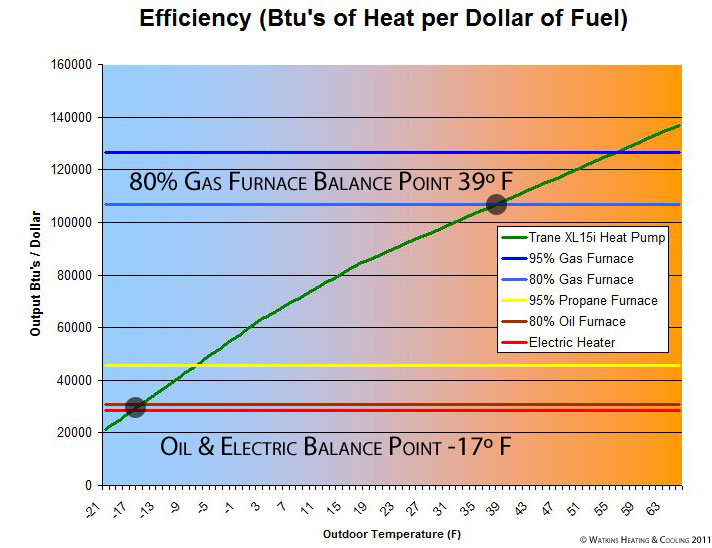
So even though the heat pump is running 24/7 and still can’t keep up, the heat that it is producing is still much cheaper than electric resistance heat. The combination of electric heat at 100% efficient and heat pump heat at 300-400% efficient result a total heating system that is more than twice as efficient as electric heat alone. You could also say that adding a heat pump to an electric furnace will cut your heating bills by about 60%.
But what if you could combine a heat pump with another fuel besides electric strip heat? I’m so glad you asked. With recently stratospheric prices of propane and heat oil, it has become popular to install a fossil fuel furnace with a heat pump rather than an air conditioner. Because we are heating the home with two fuels, ie. propane furnace and electric heat pump, this setup is known as “dual-fuel” or “hybrid heat.”
This combination gives you the comfort of a furnace with the efficiency of a heat pump. While the price of propane and fuel oil fluctuate, their heat is typically much cheaper than that of an electric furnace as seen in the infographic above. We then use an advanced thermostat, like the Trane XL1050, to control when the system switches from heat pump to fossil fuel so that transition is barely noticeable to the homeowner.
Ready to upgrade your comfort and reduce your electric bill. Click here to learn about heat pump replacement.
